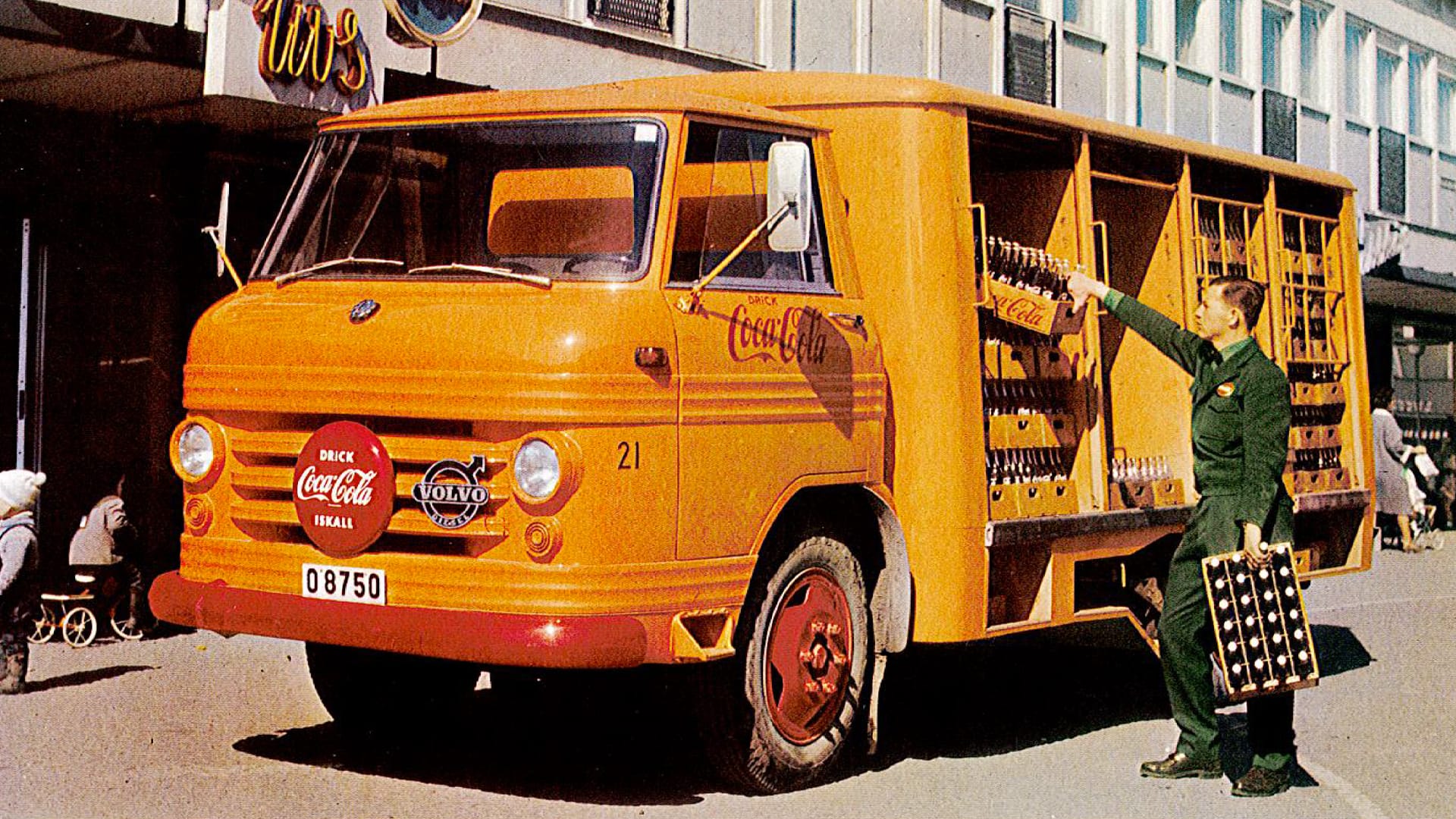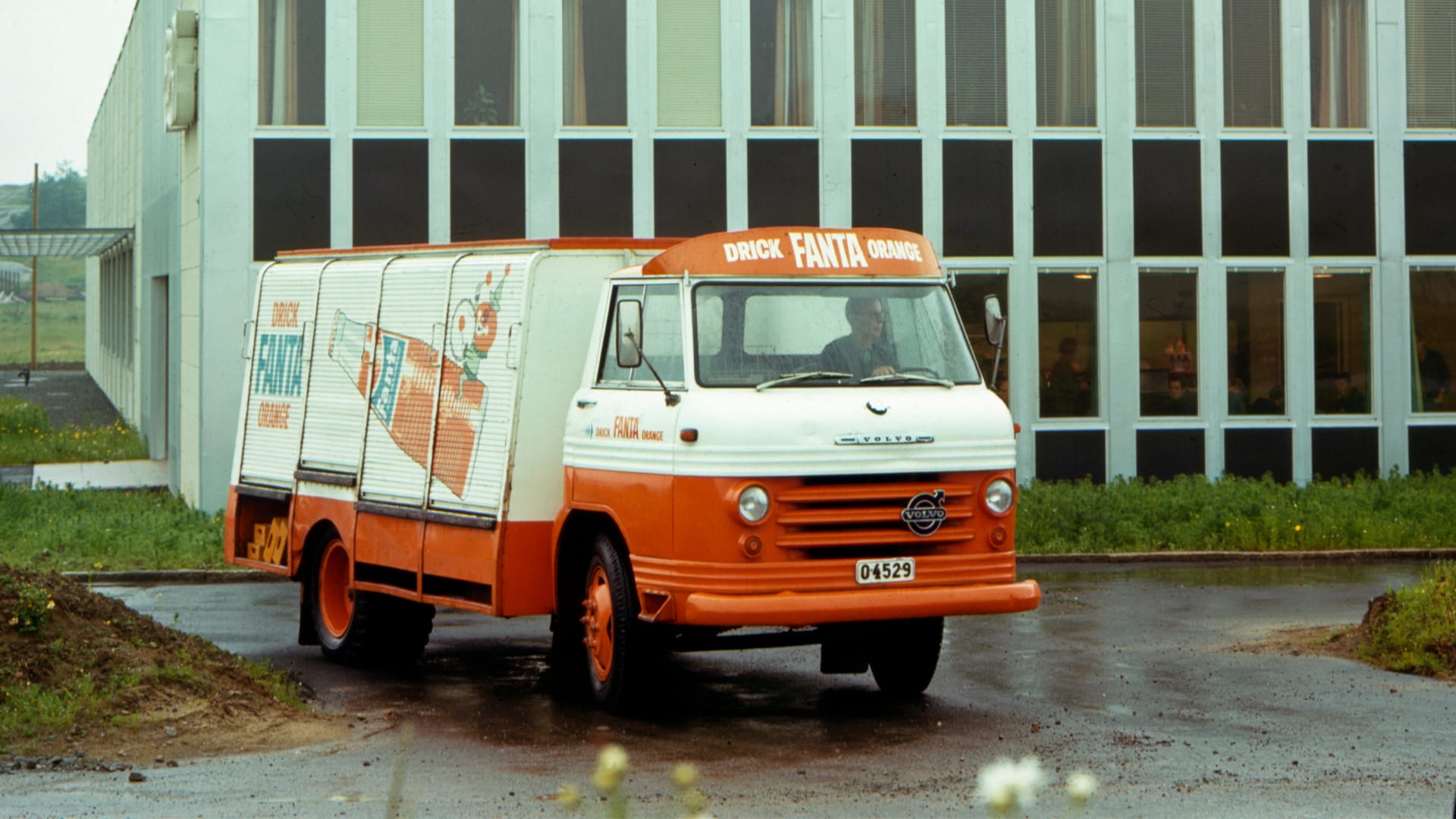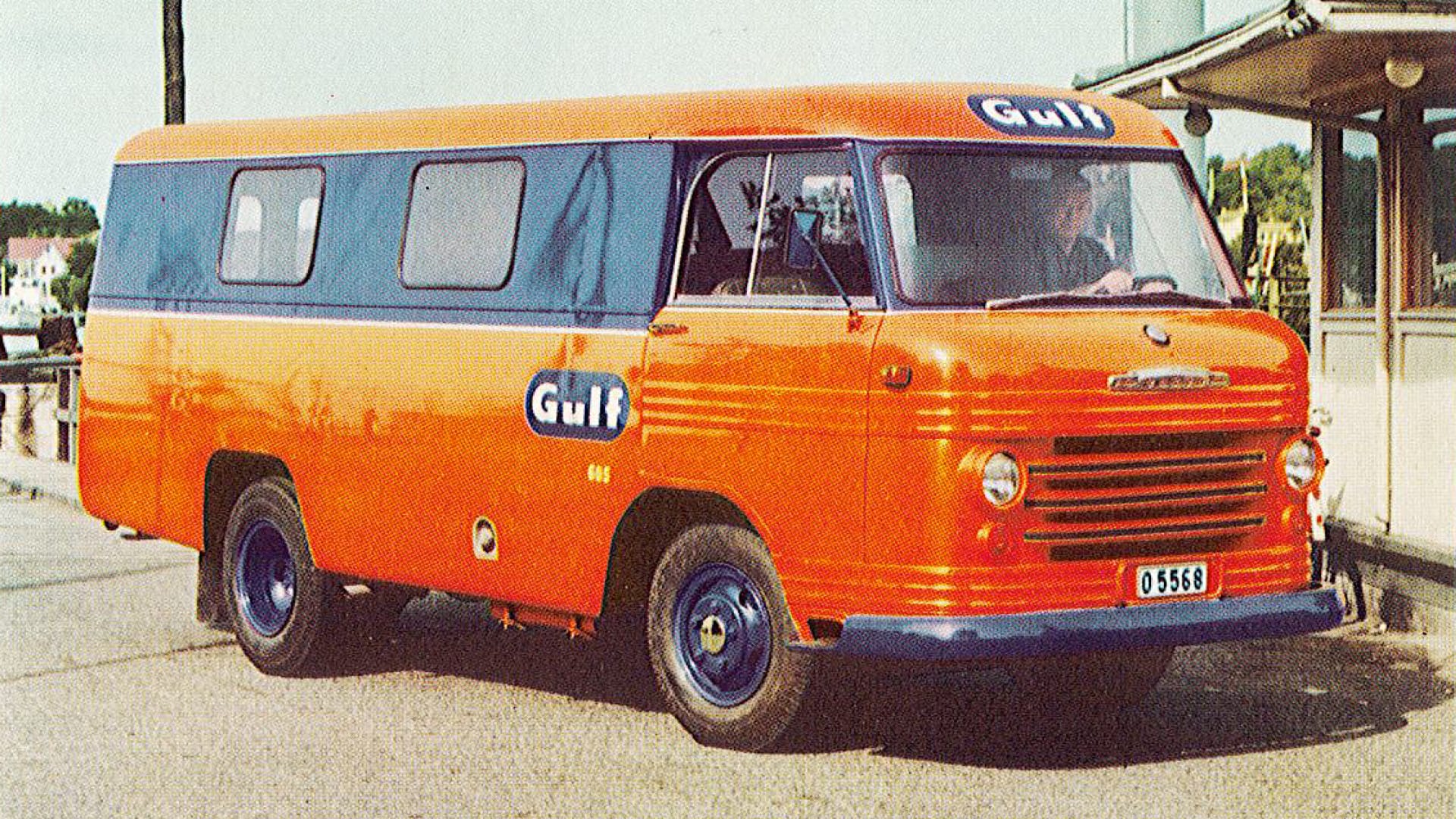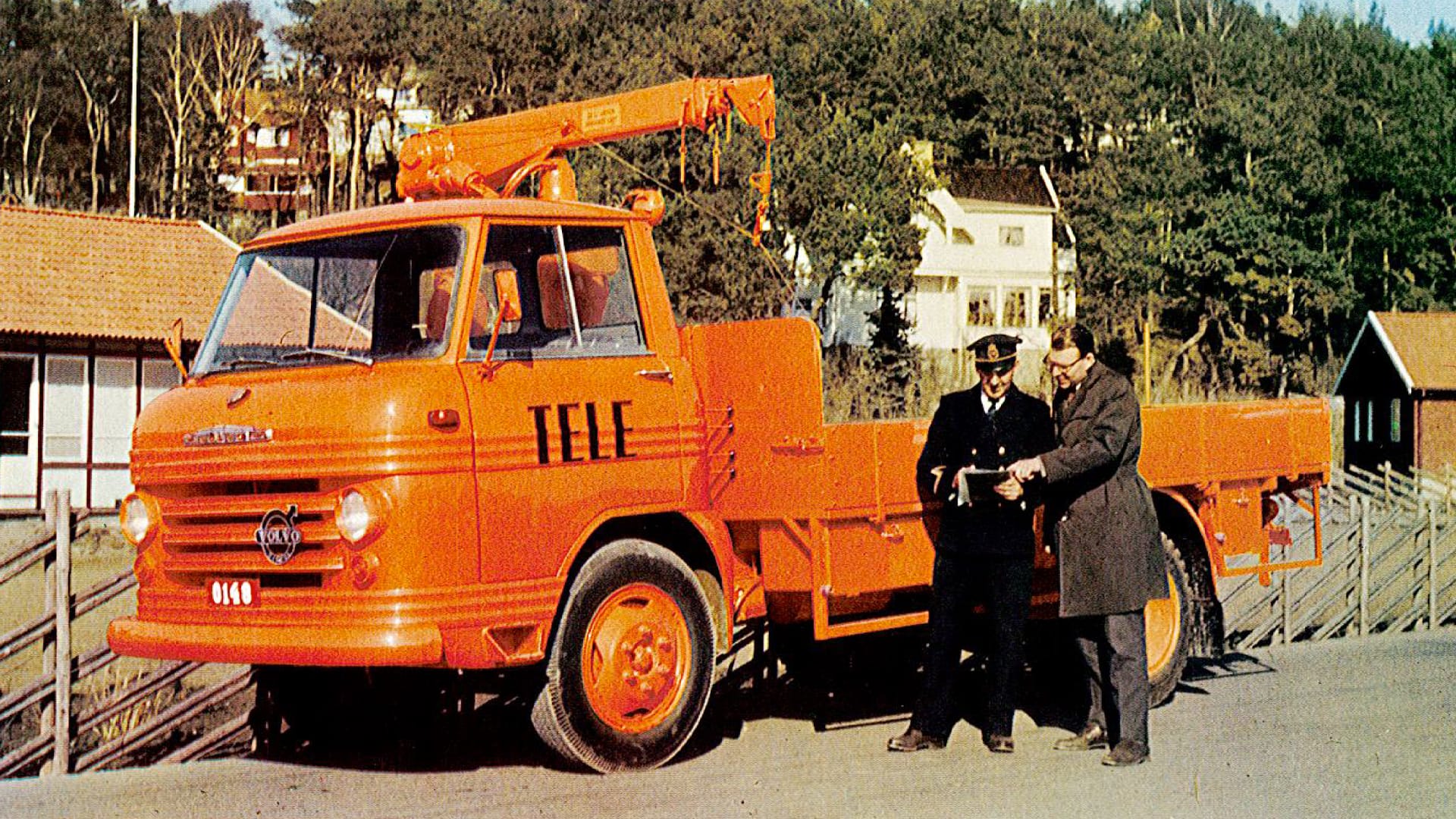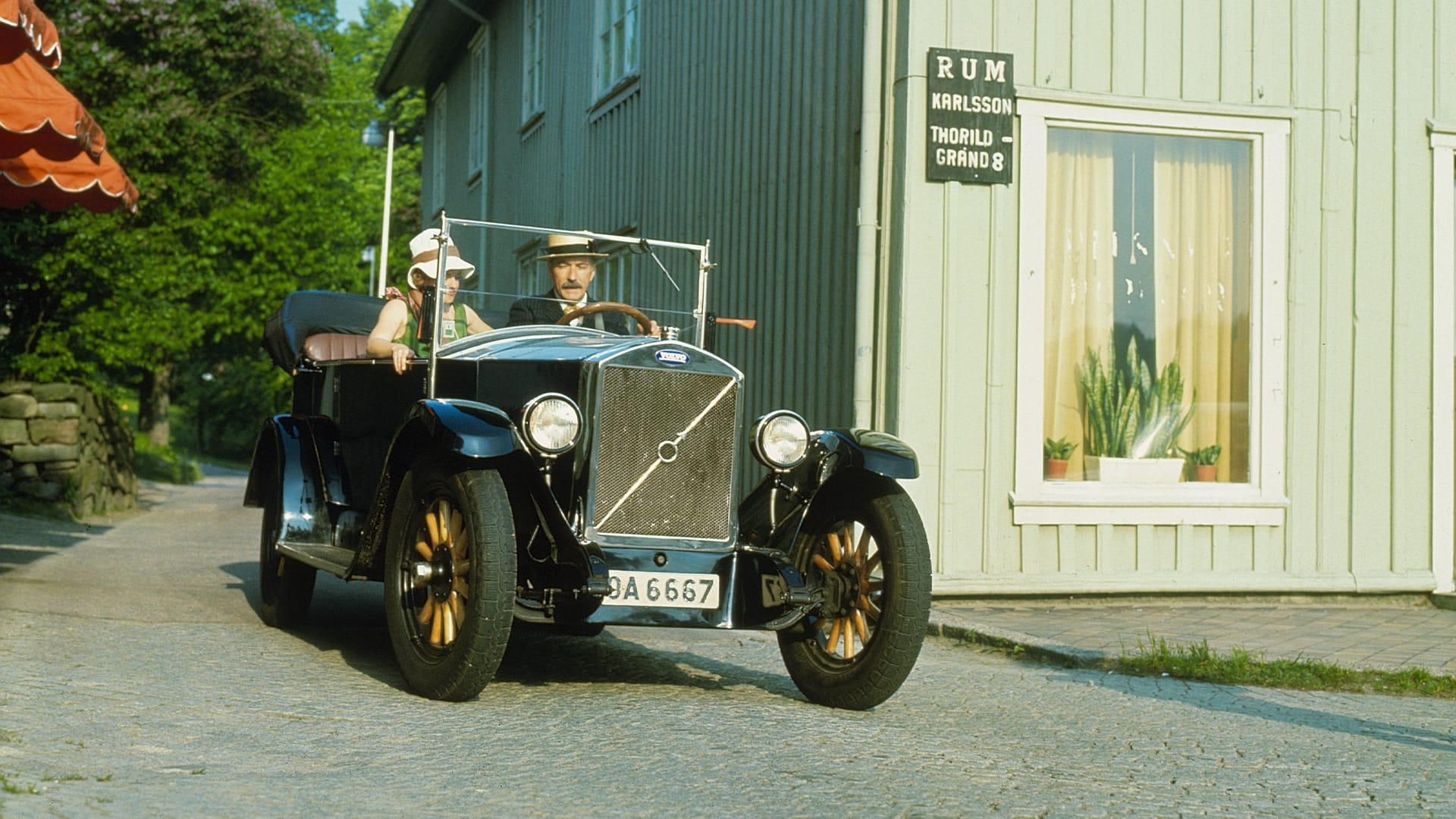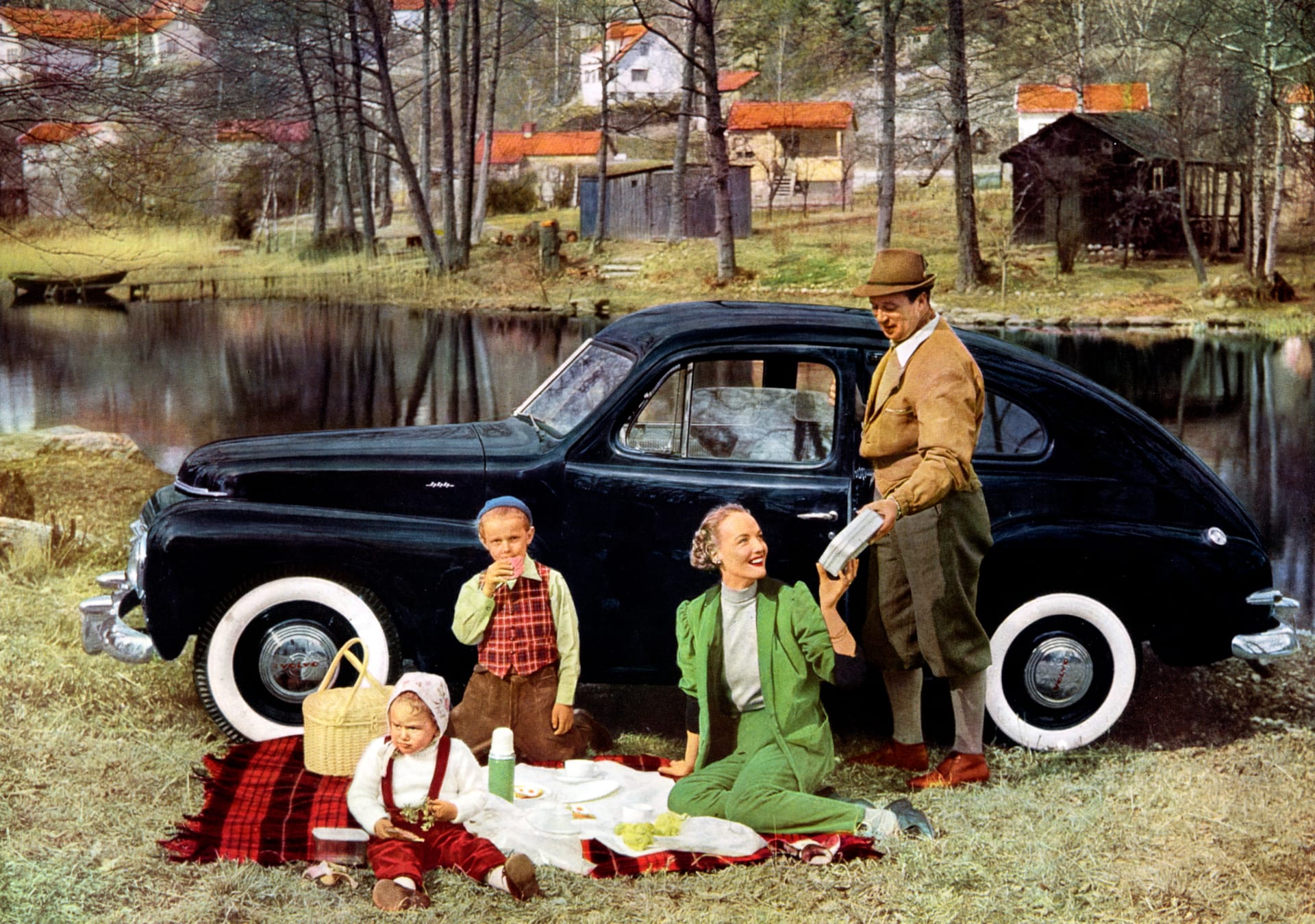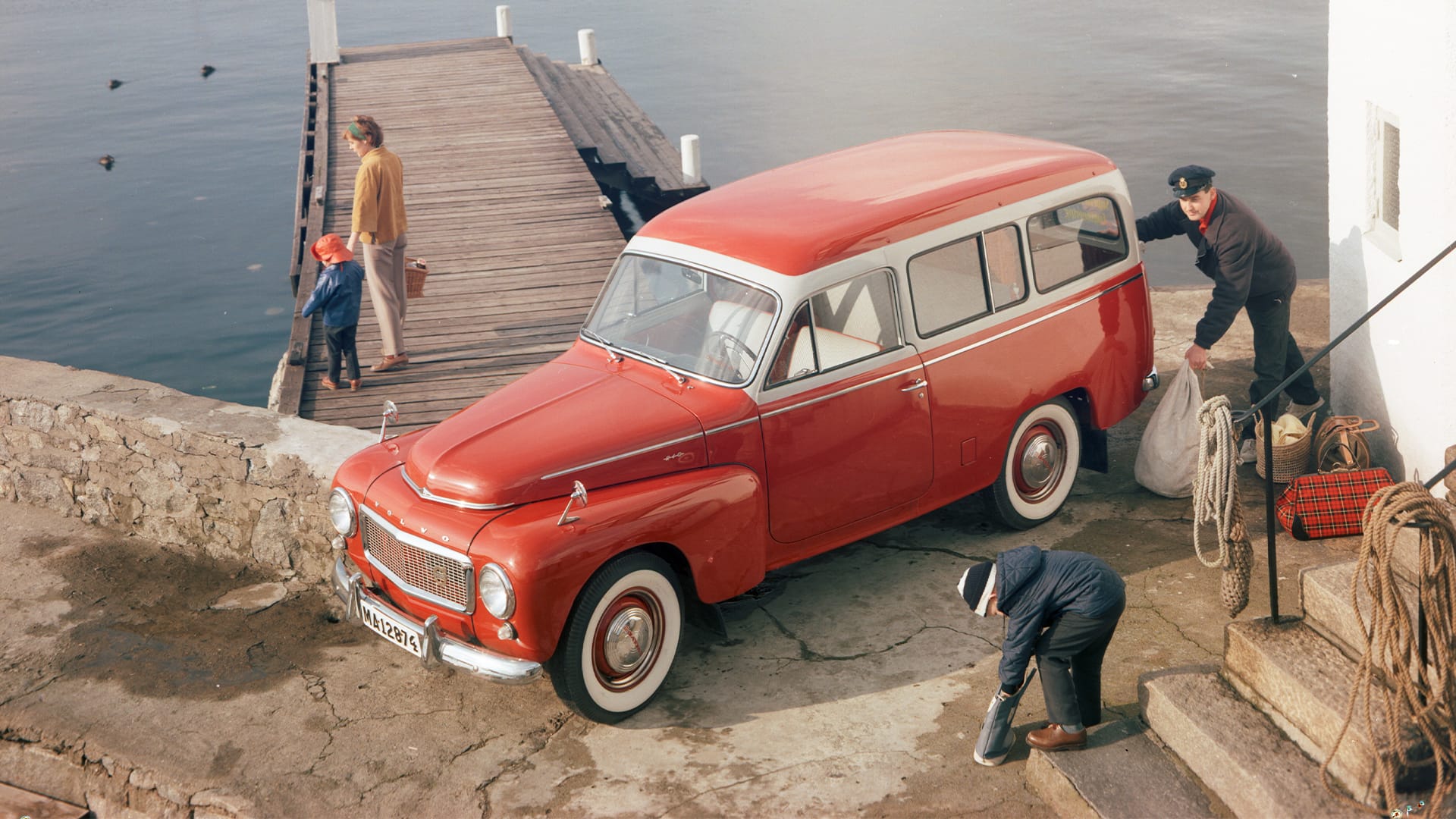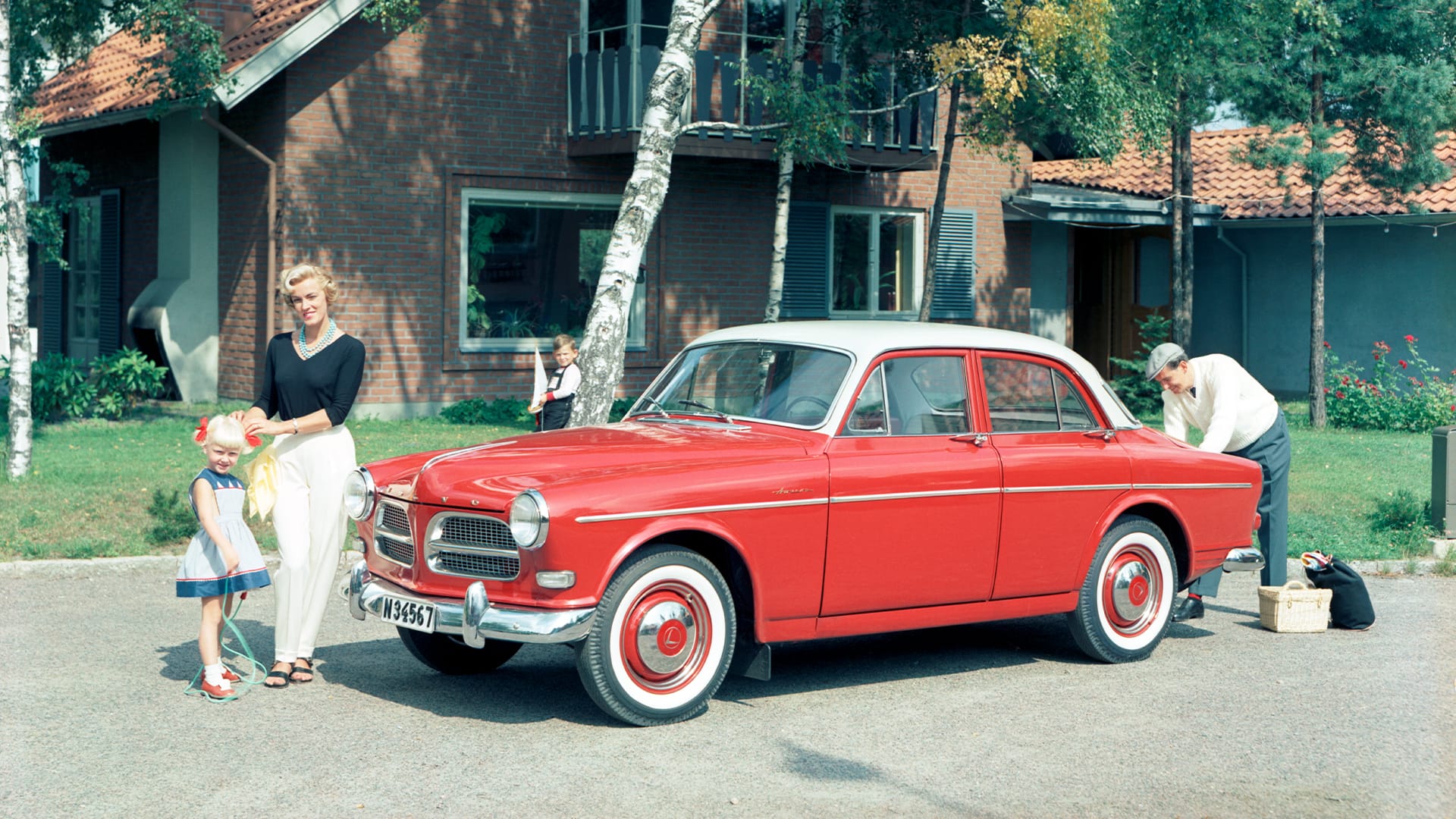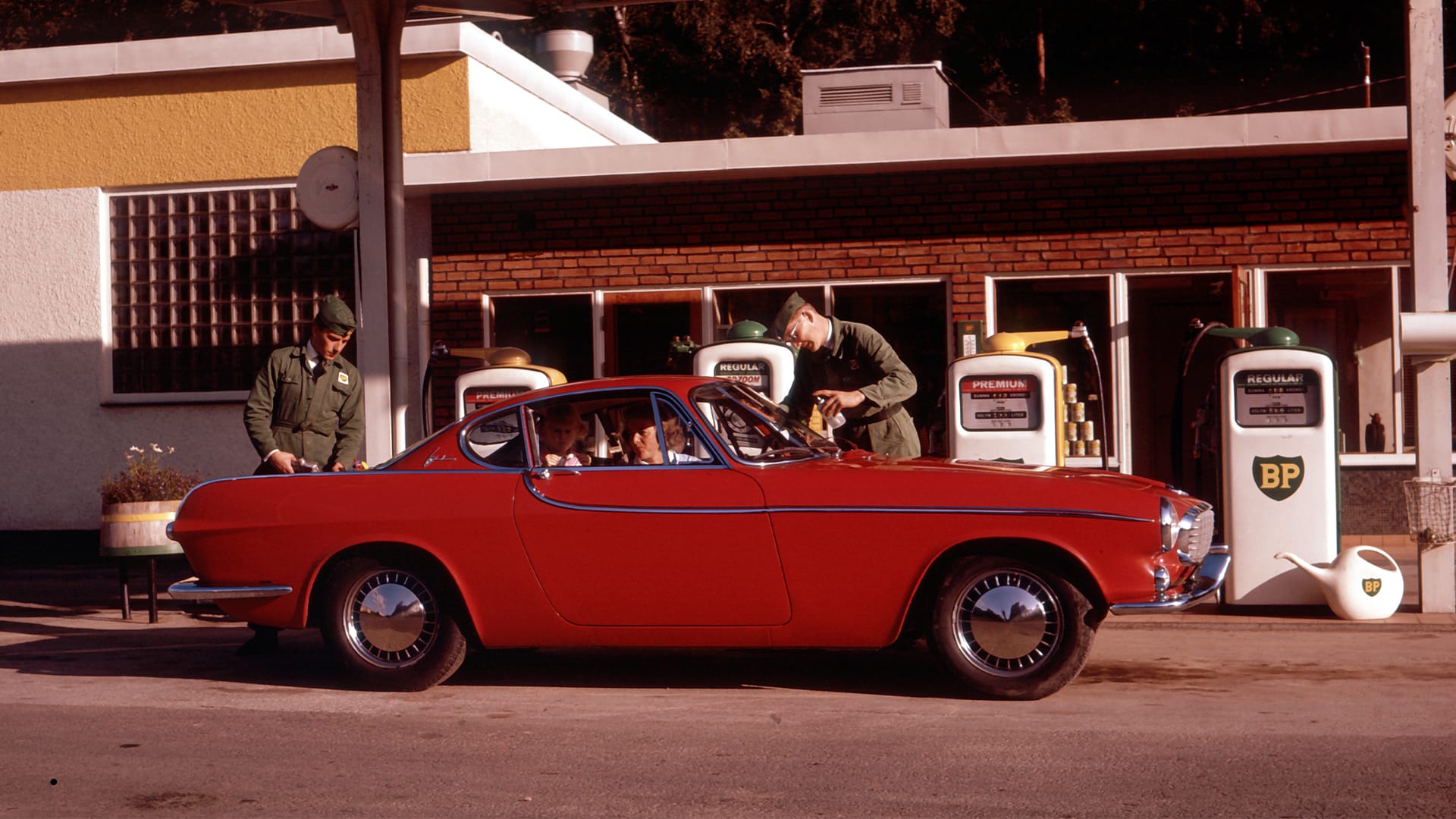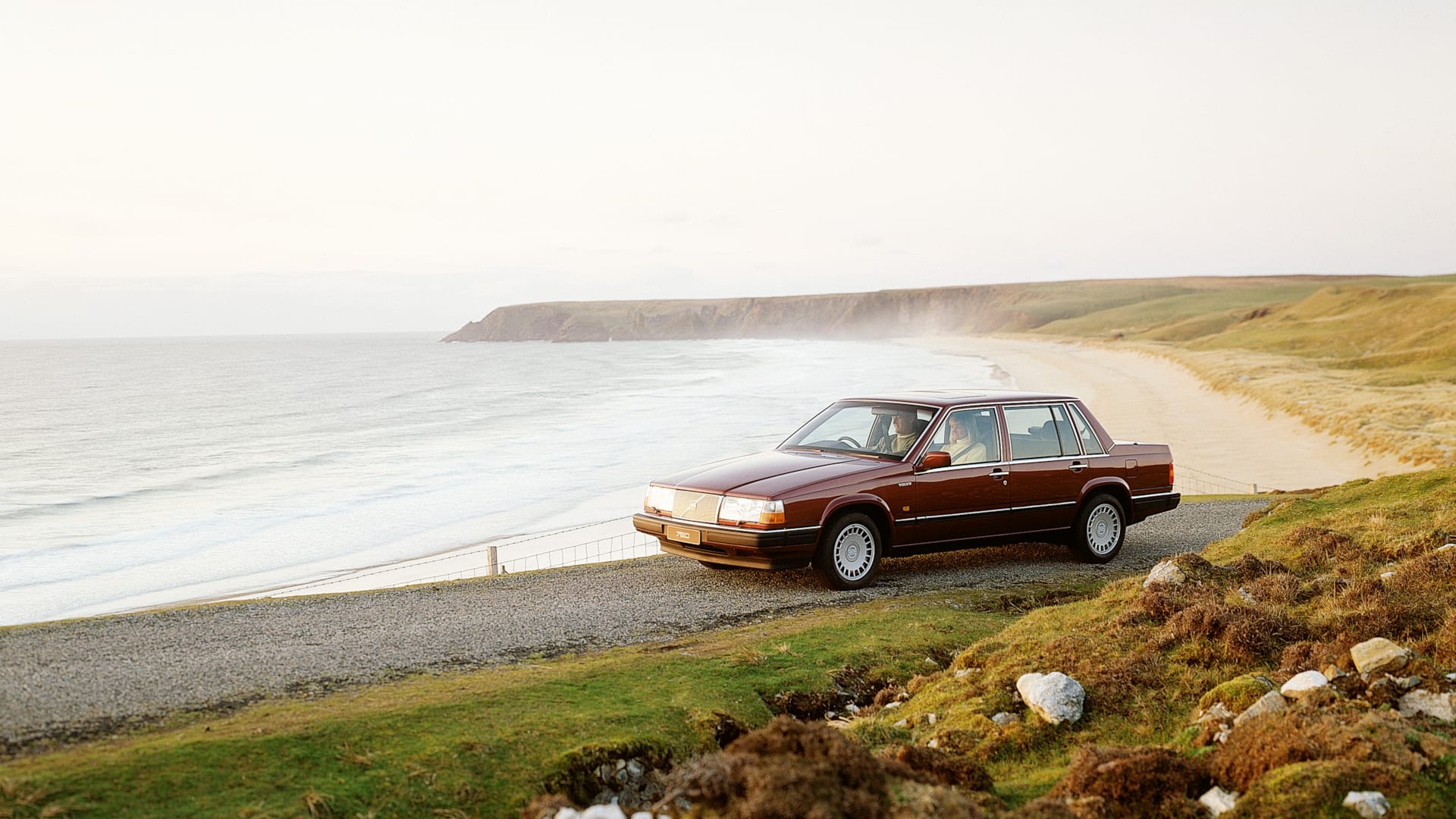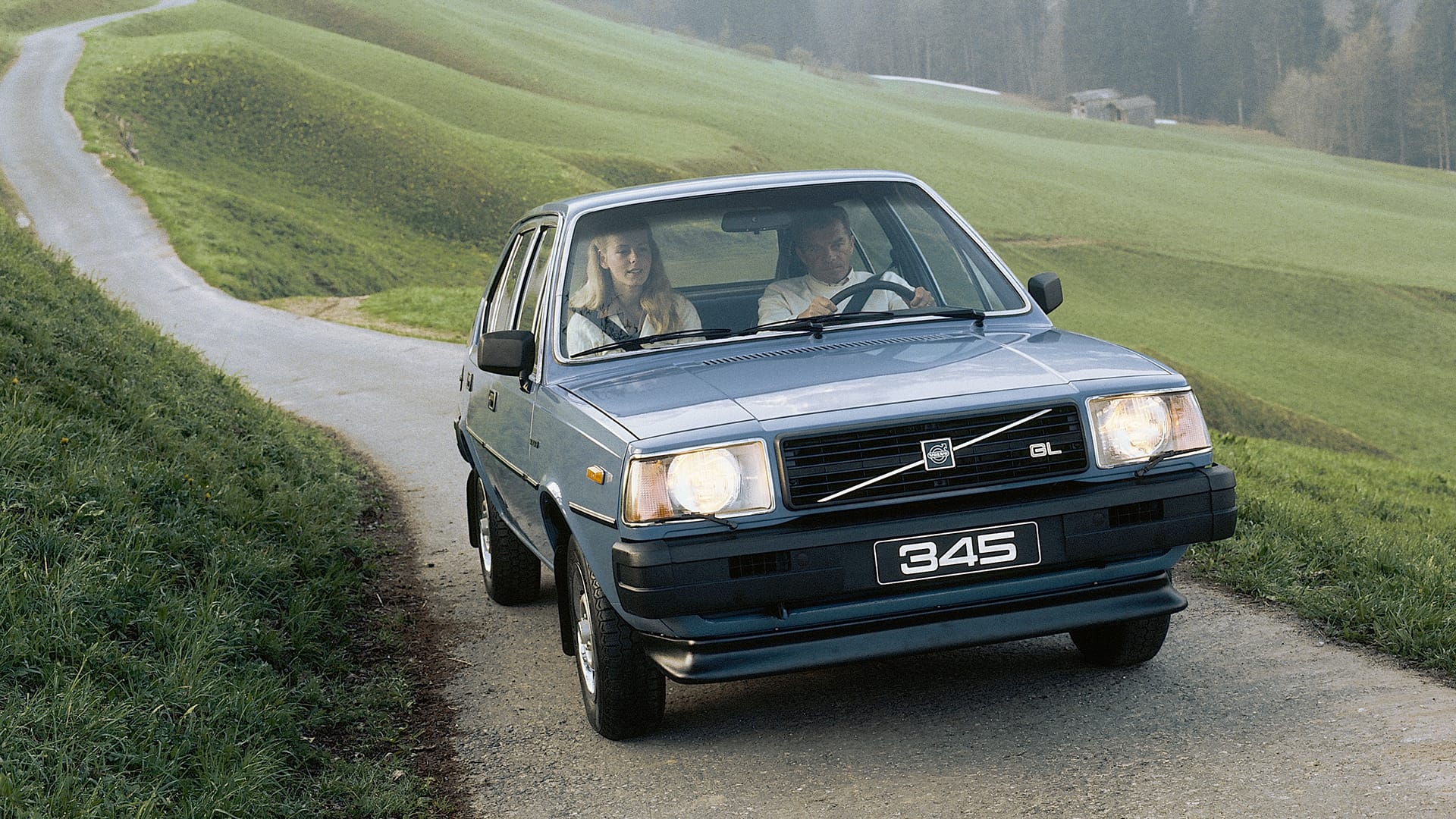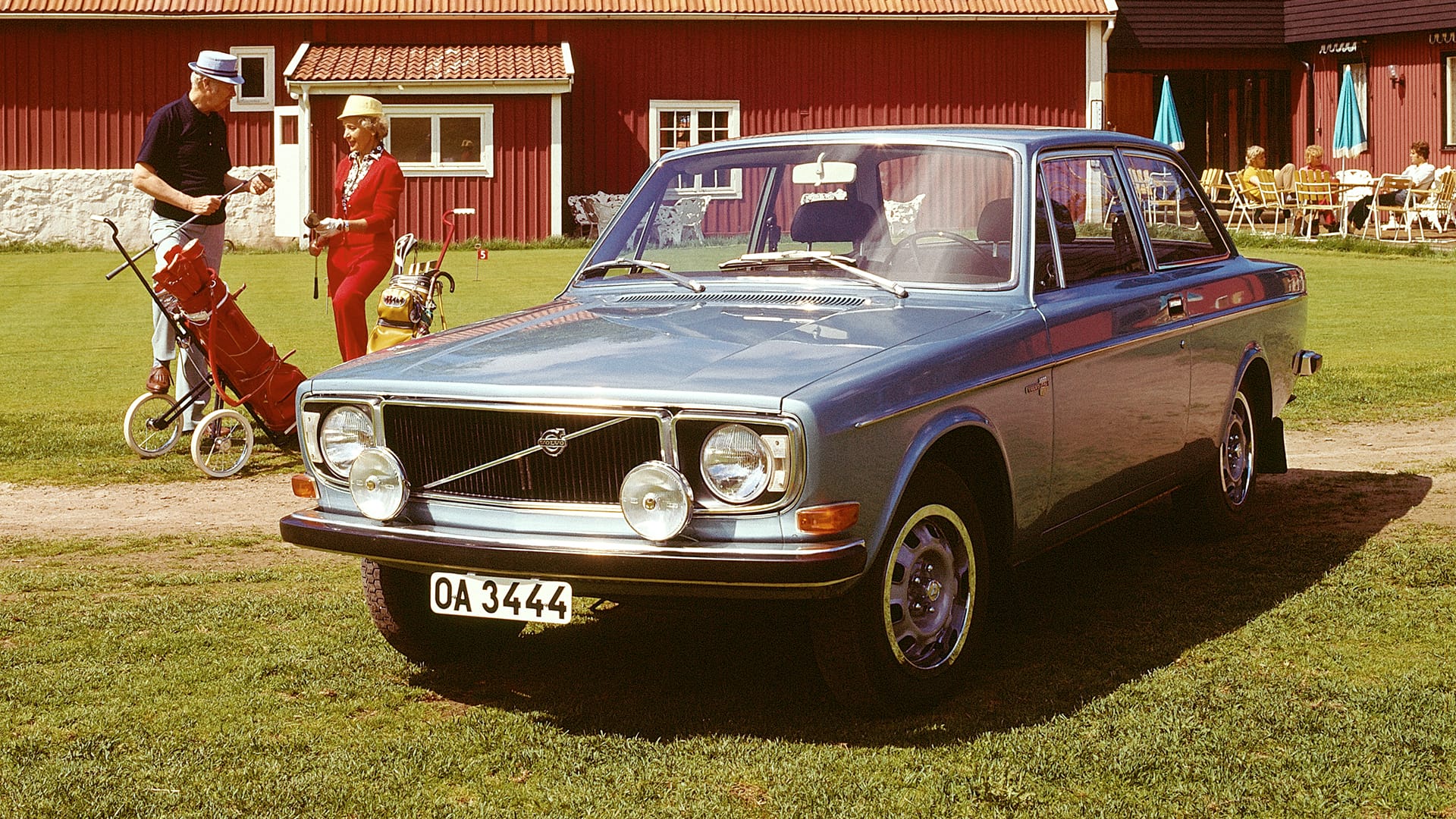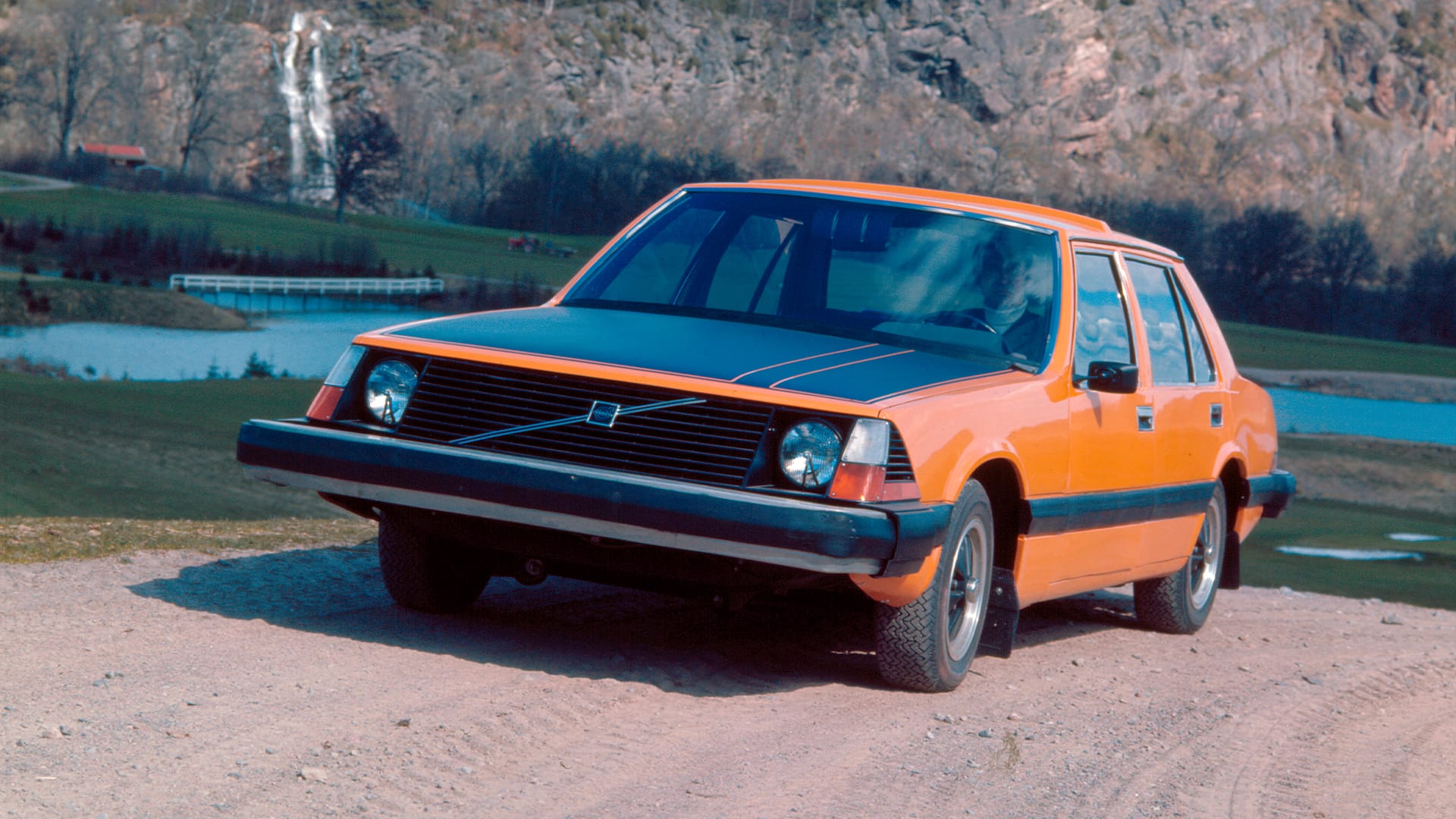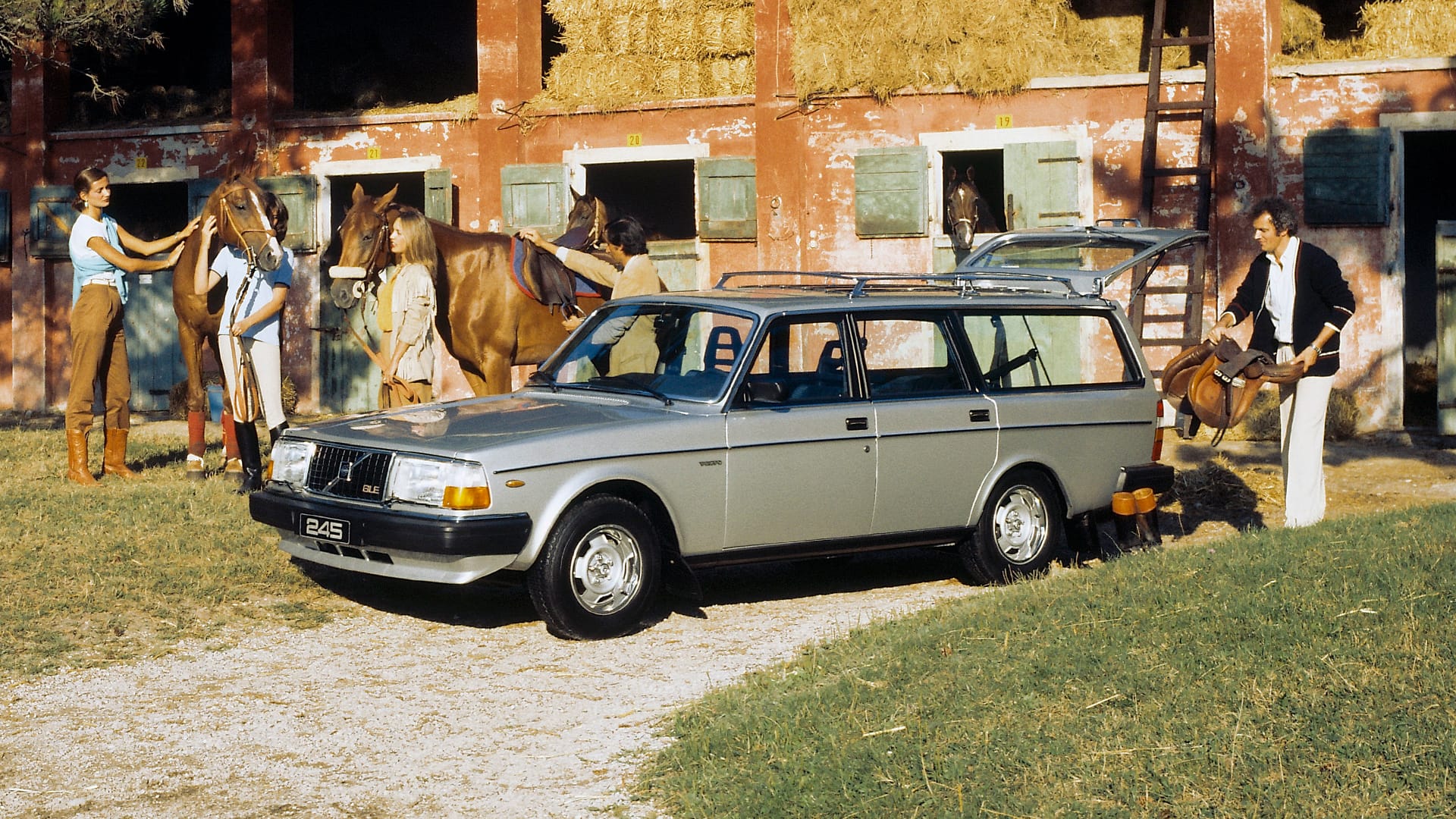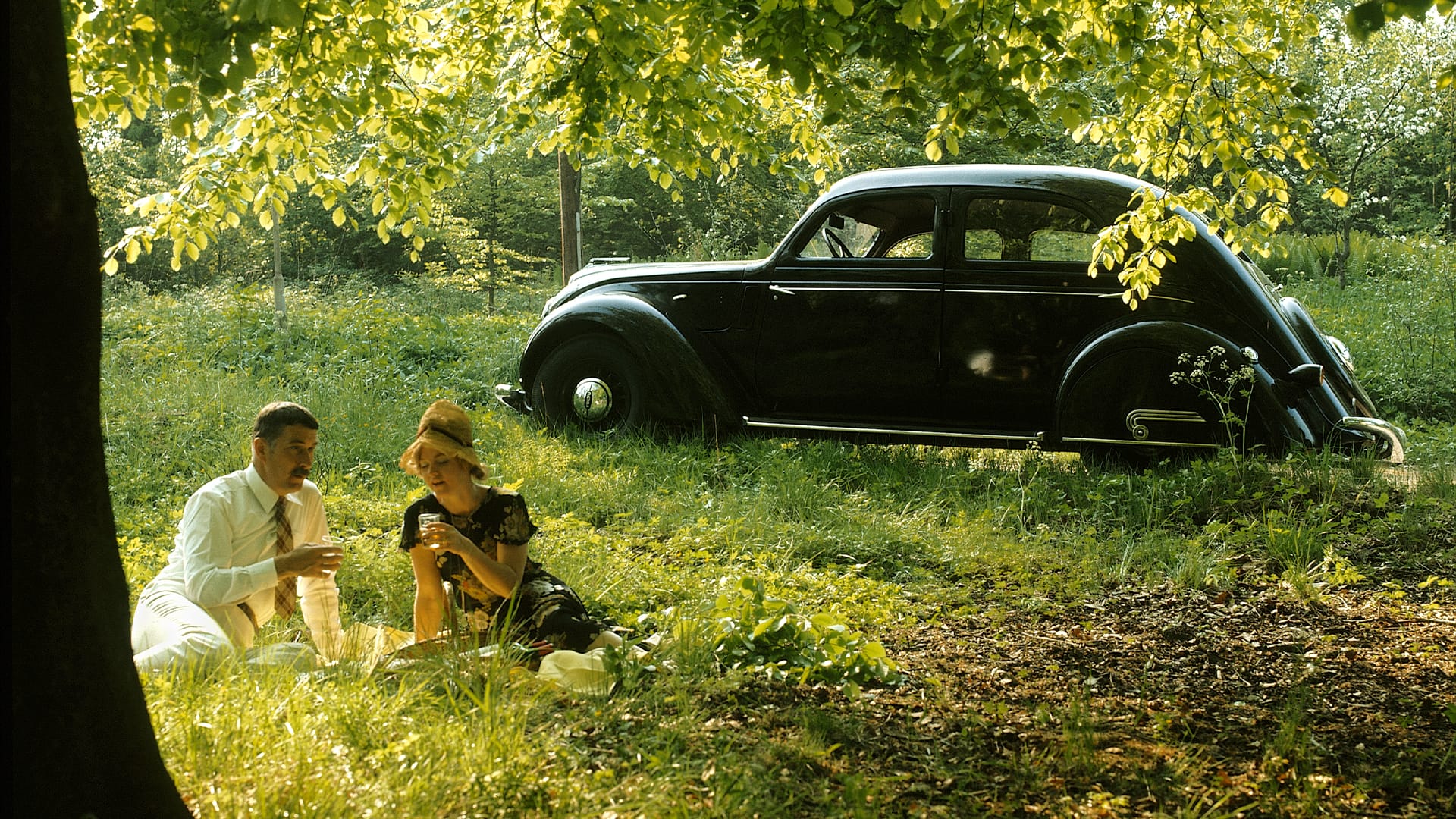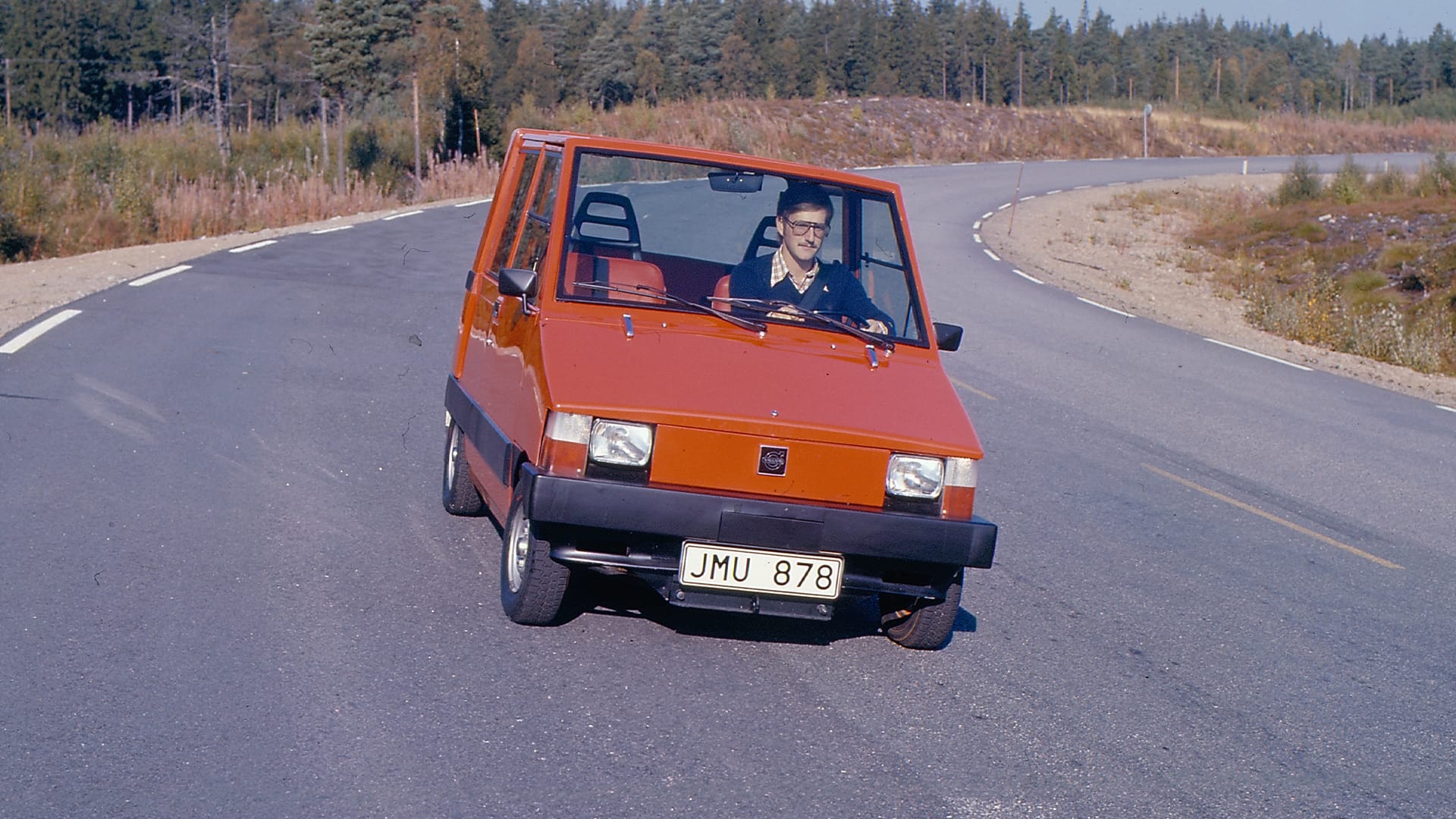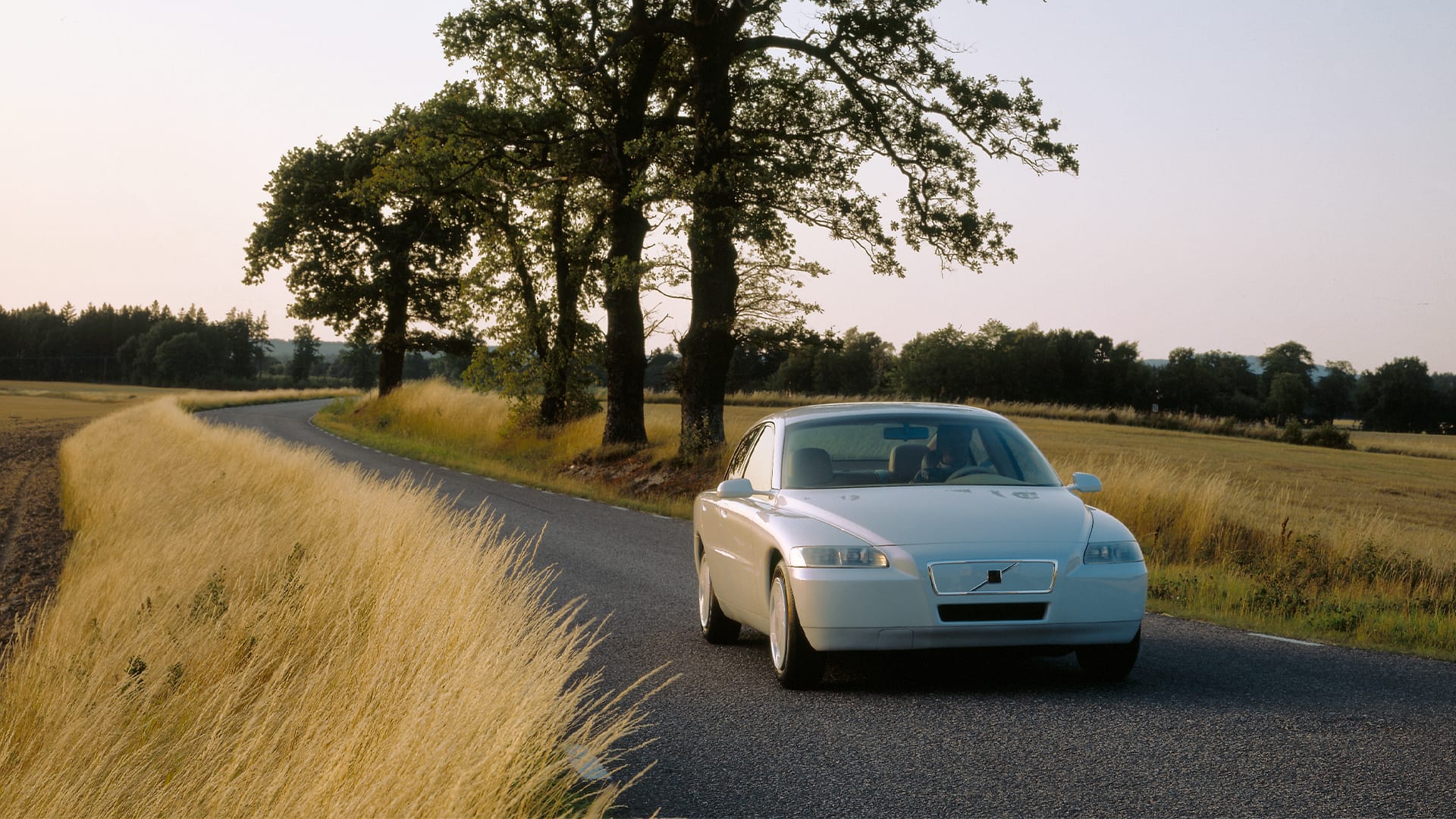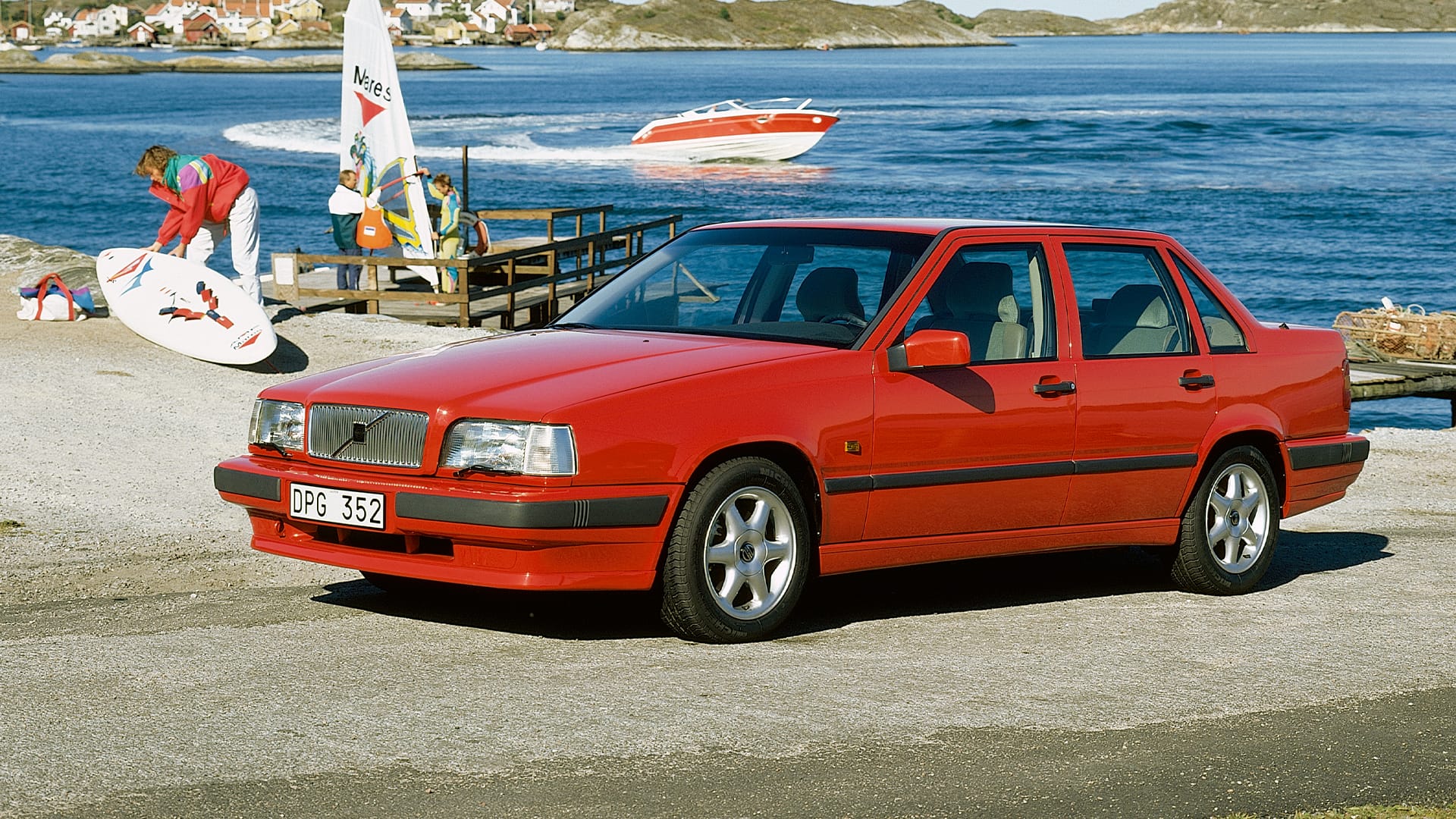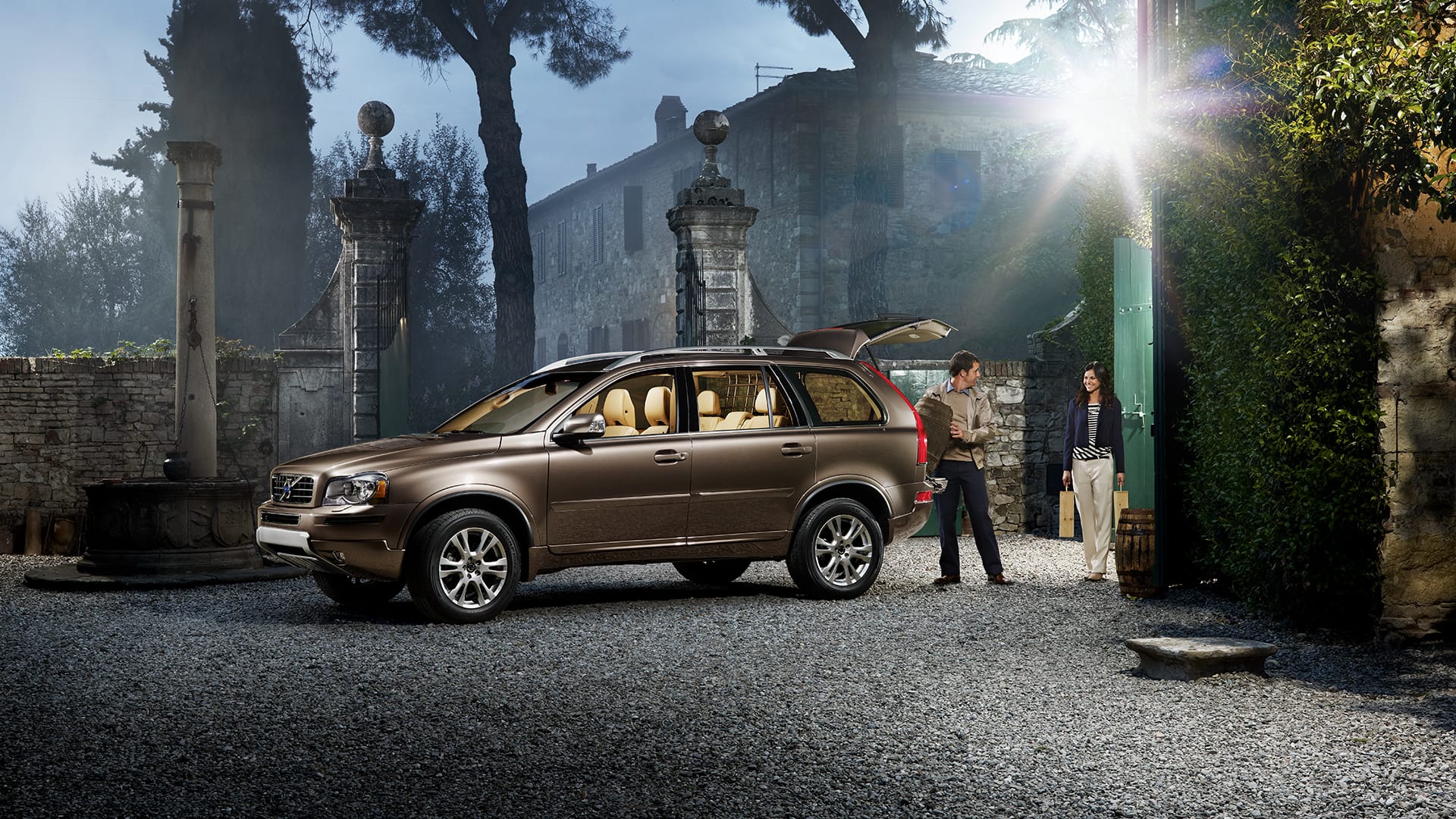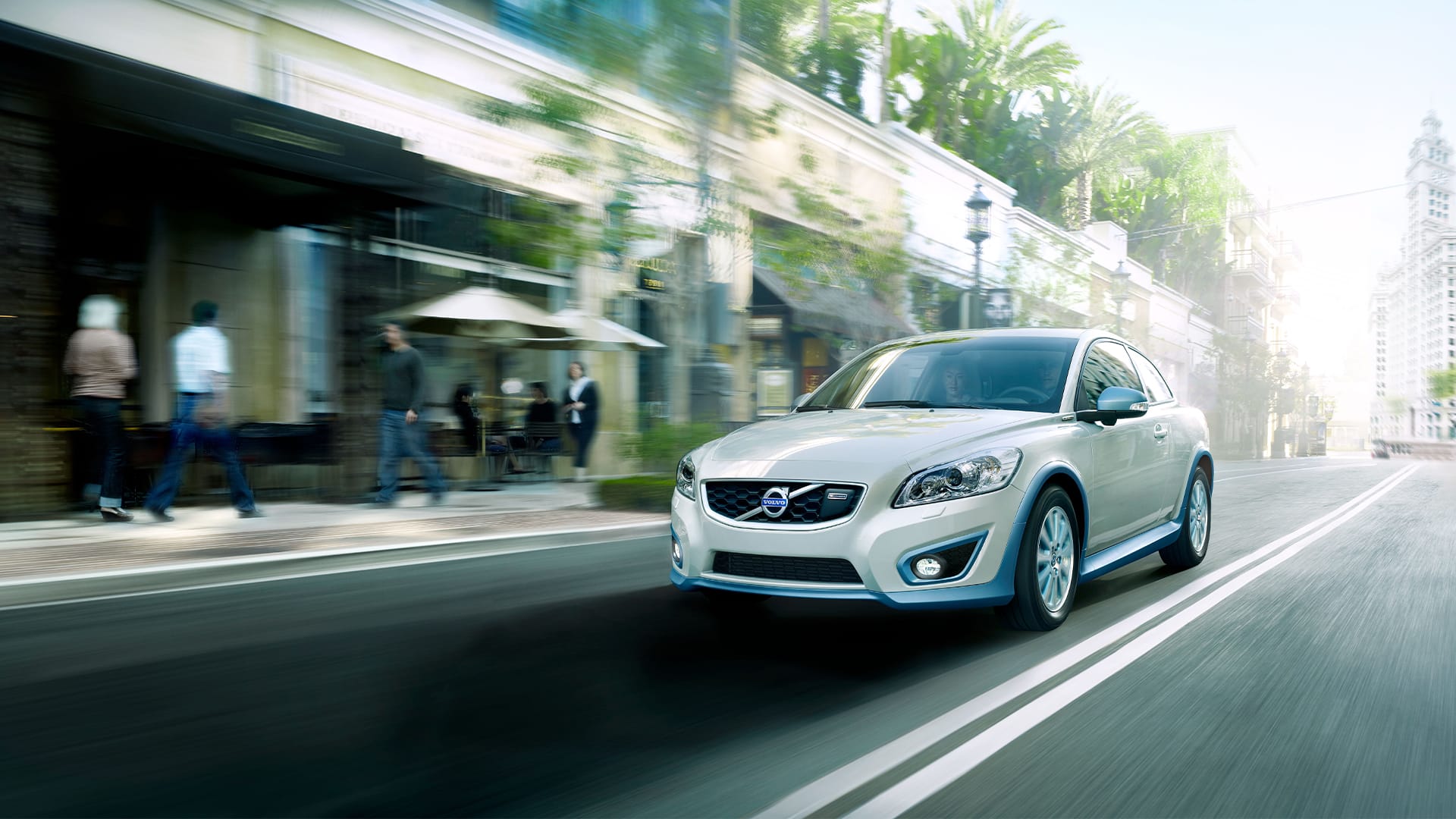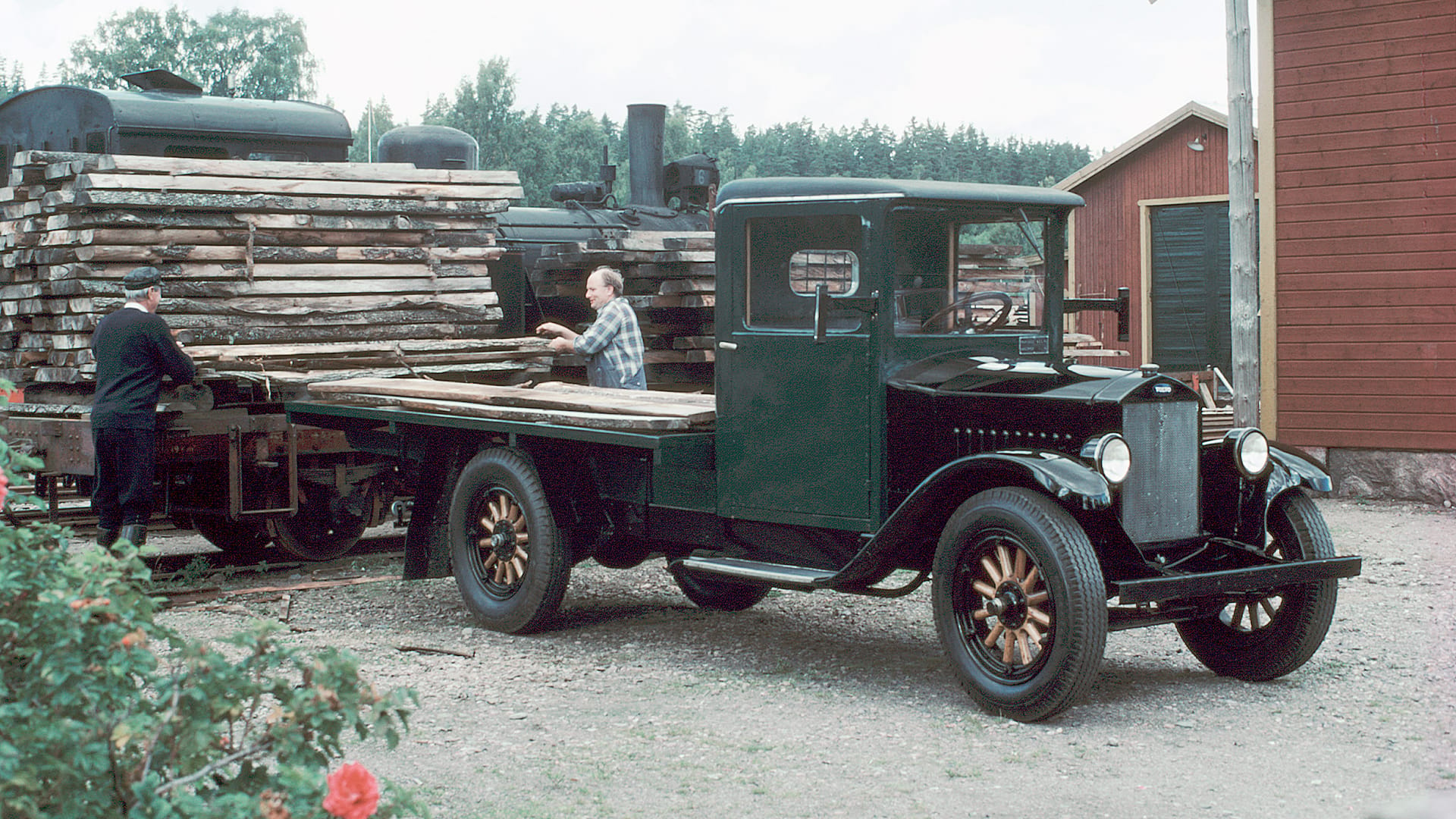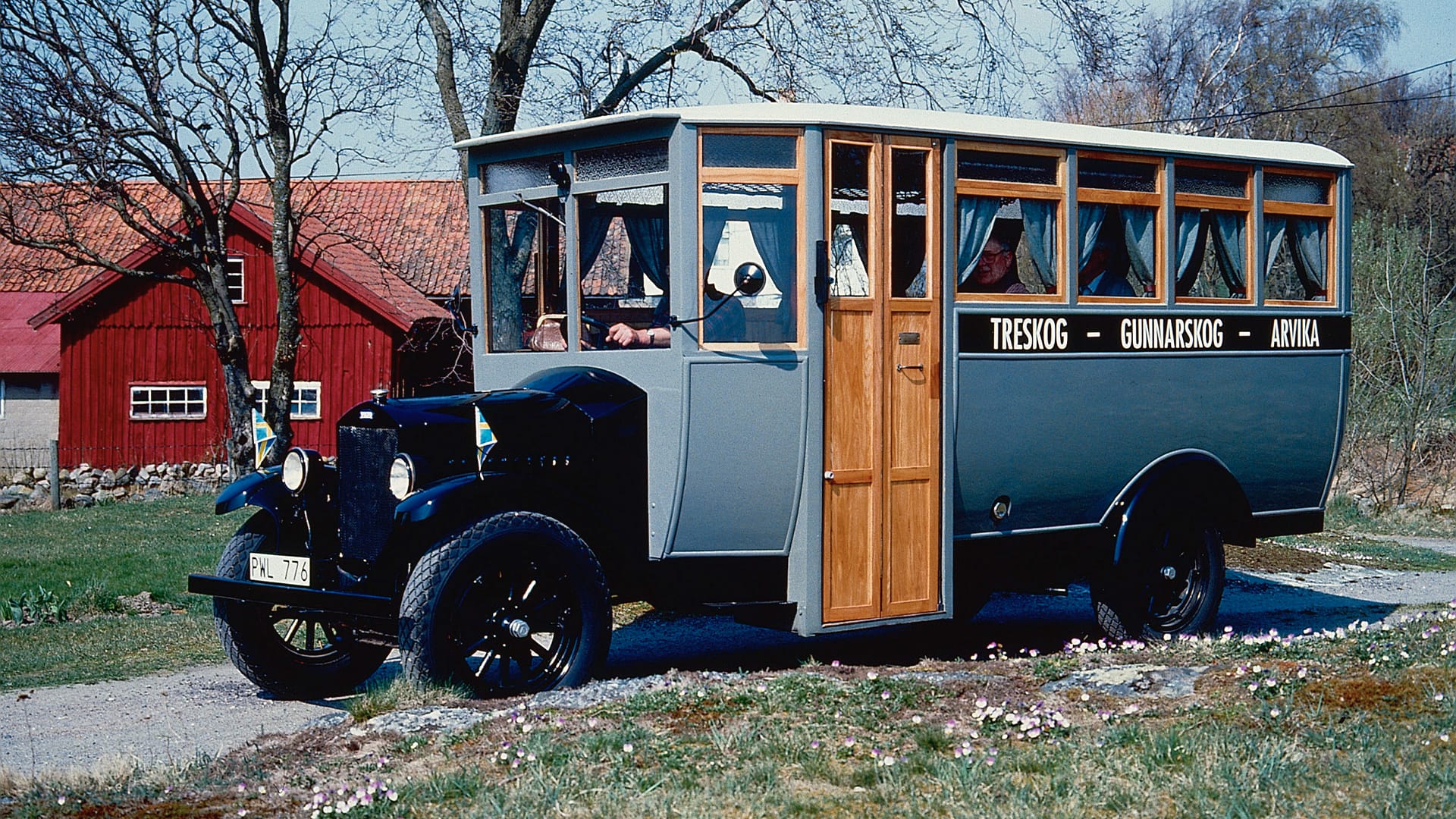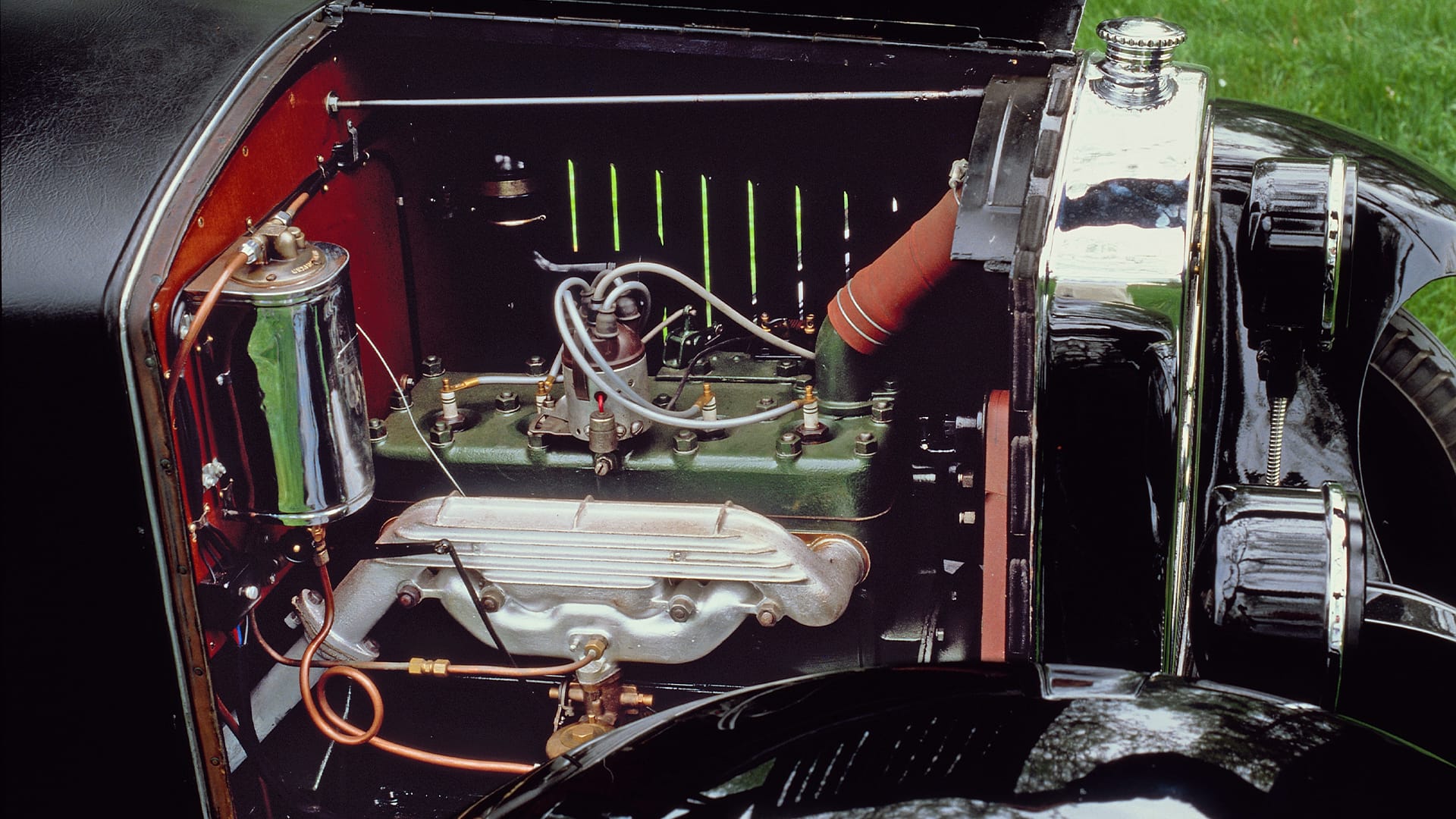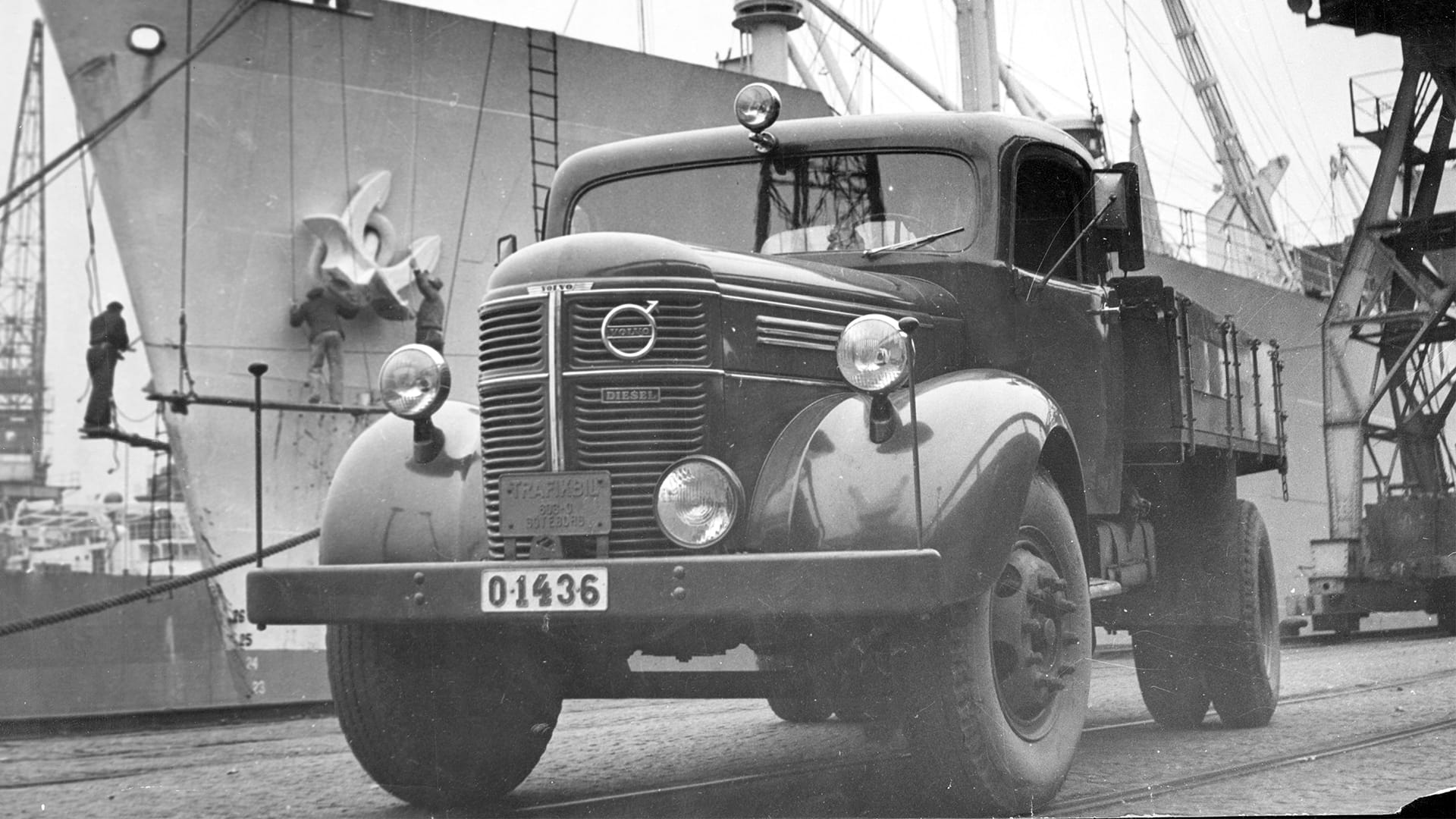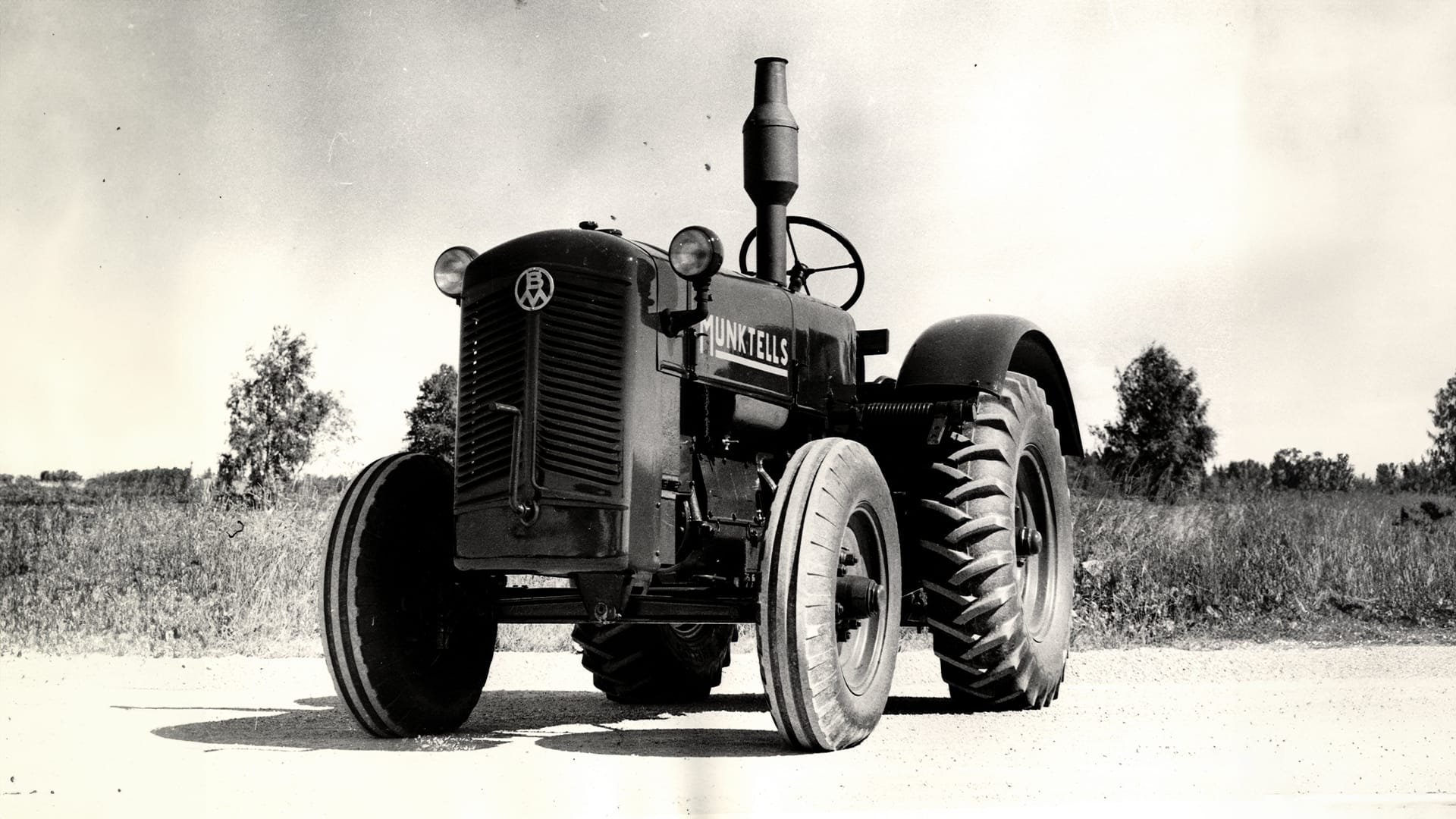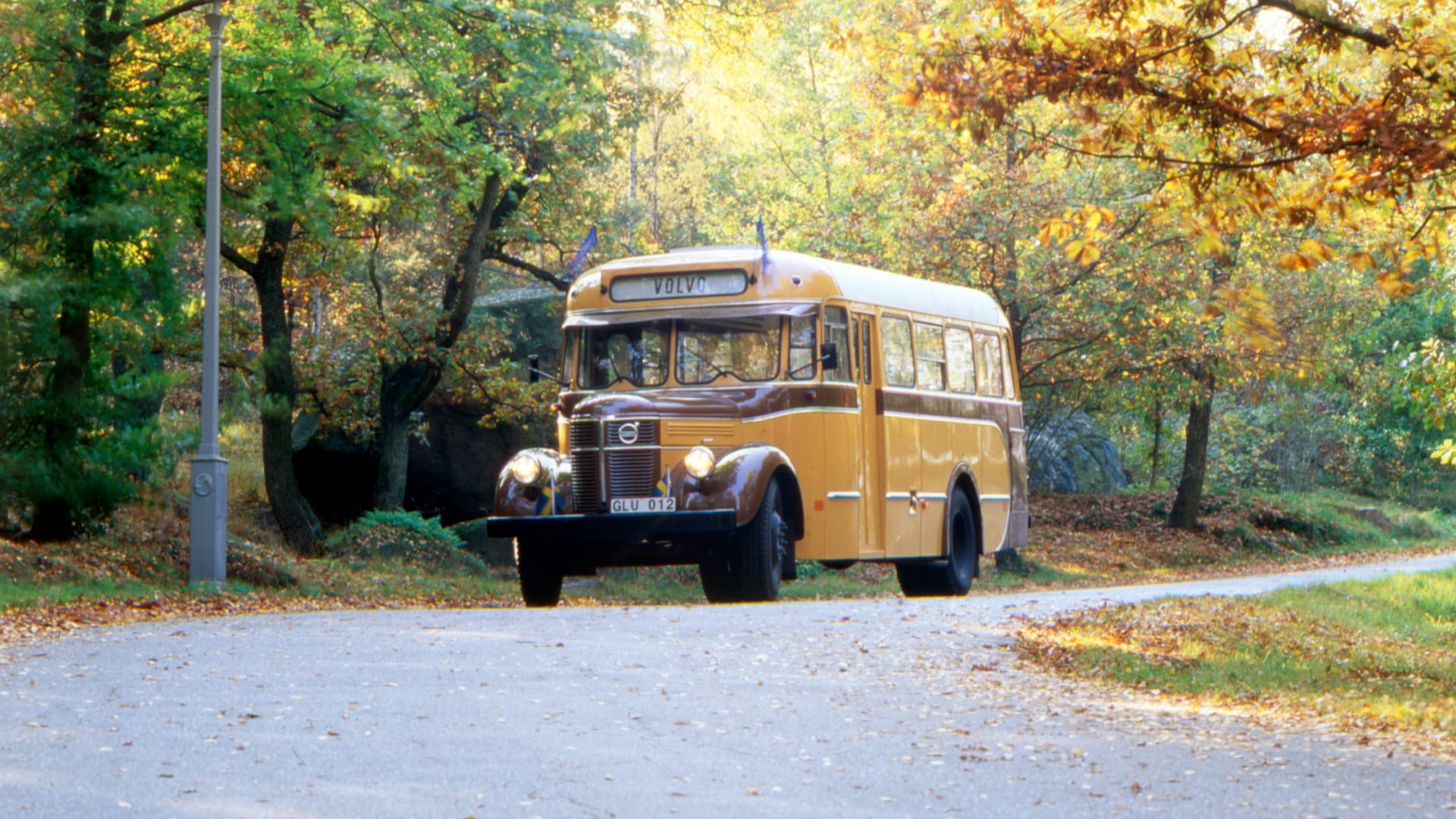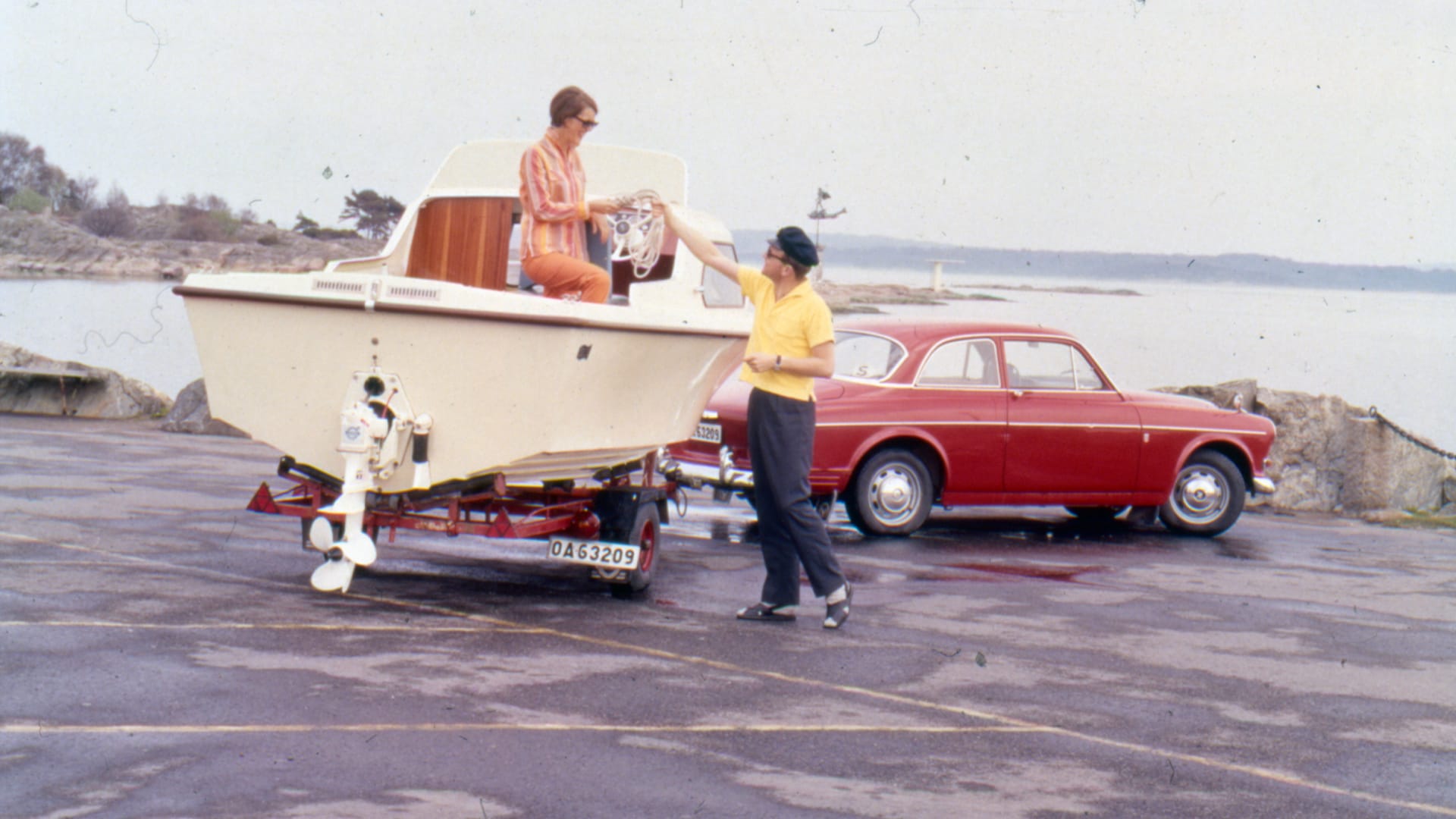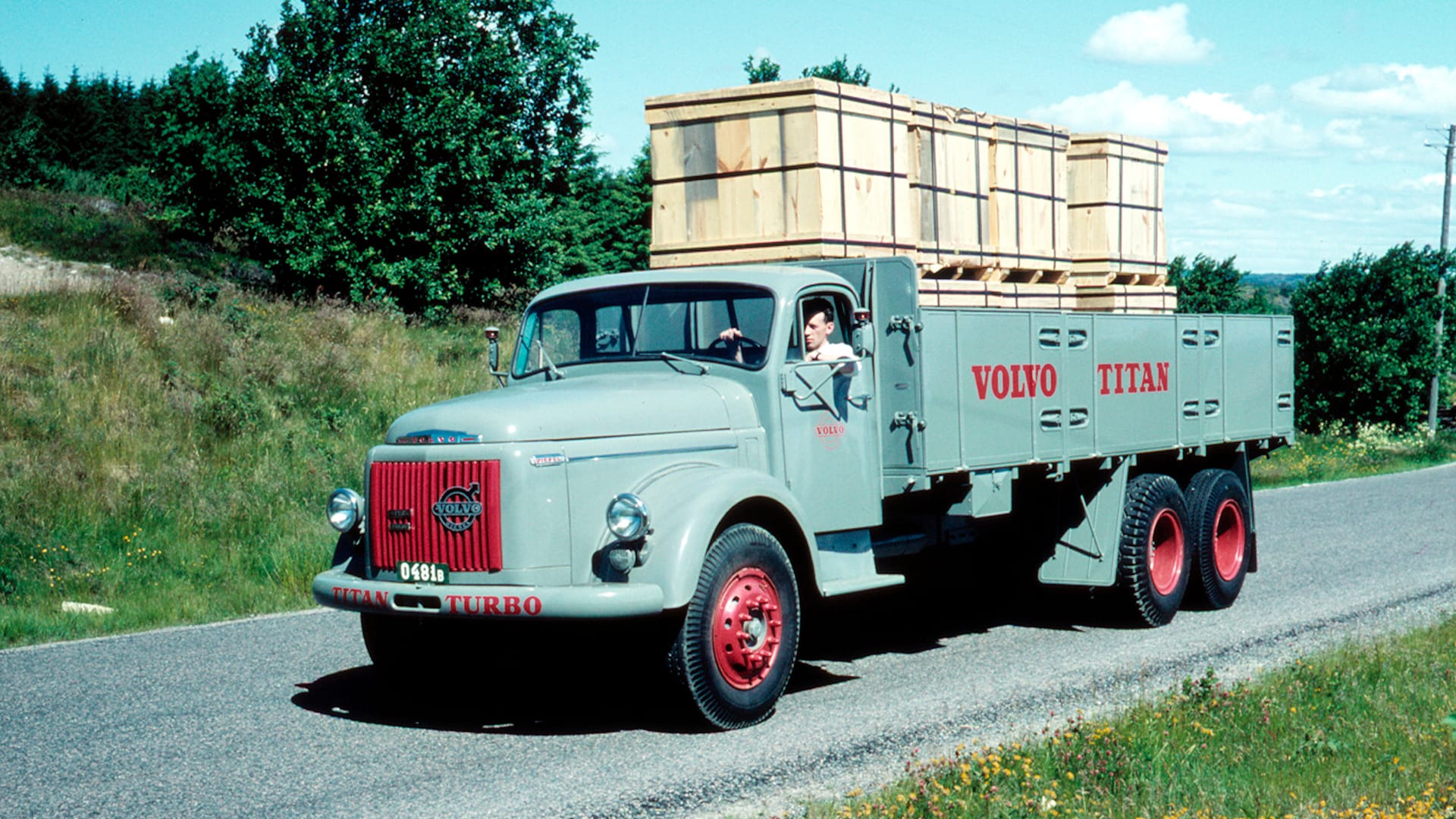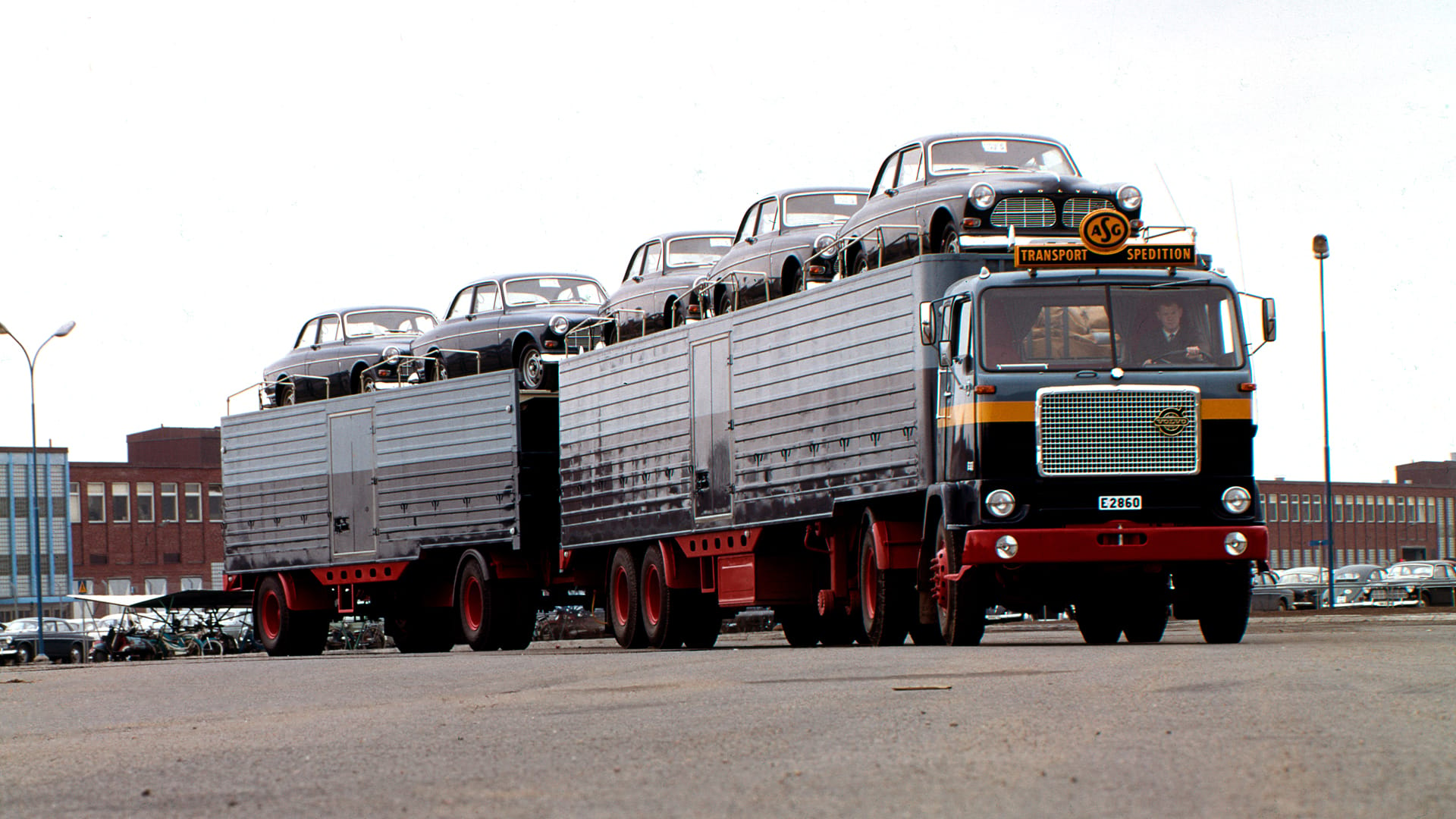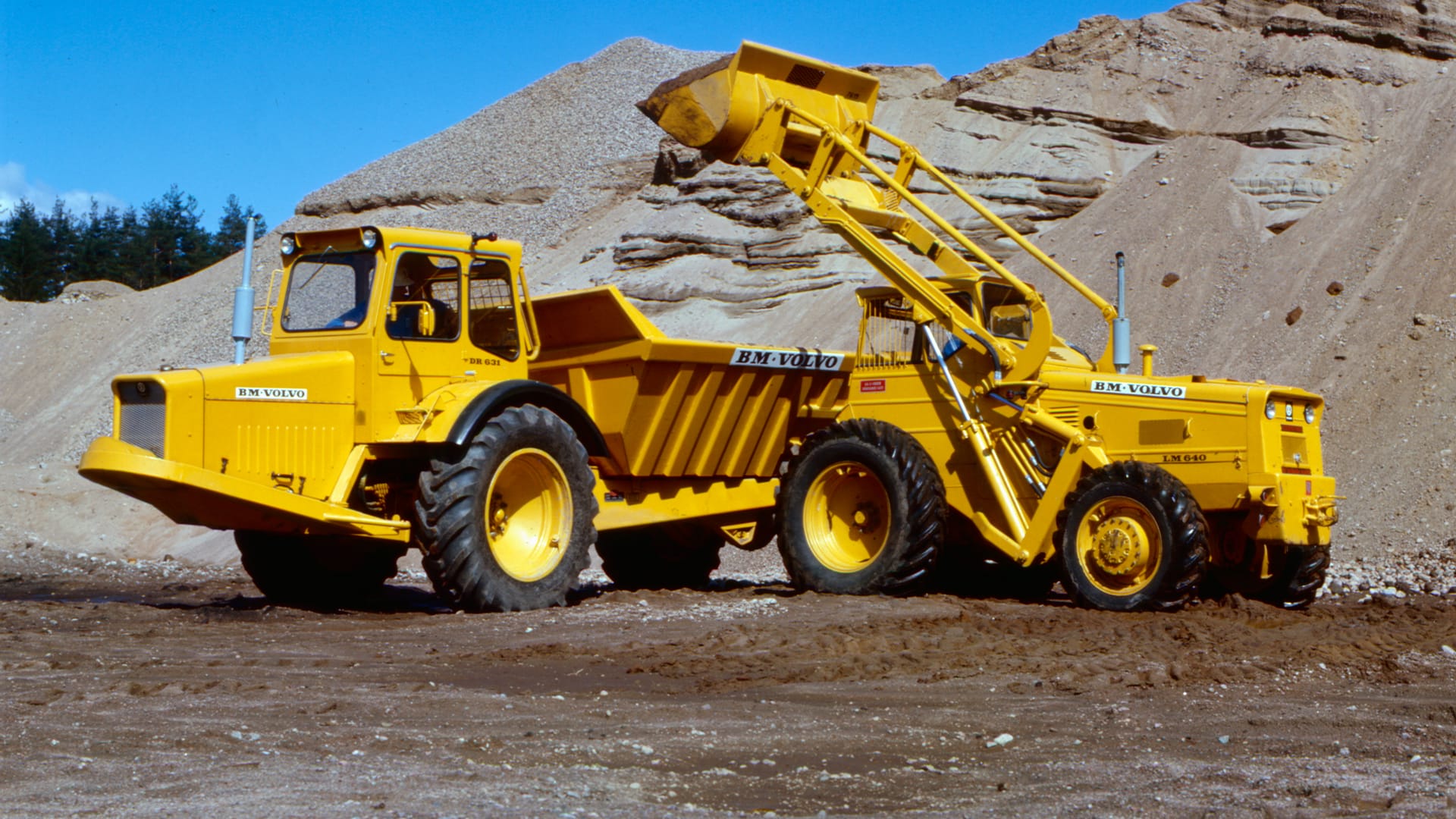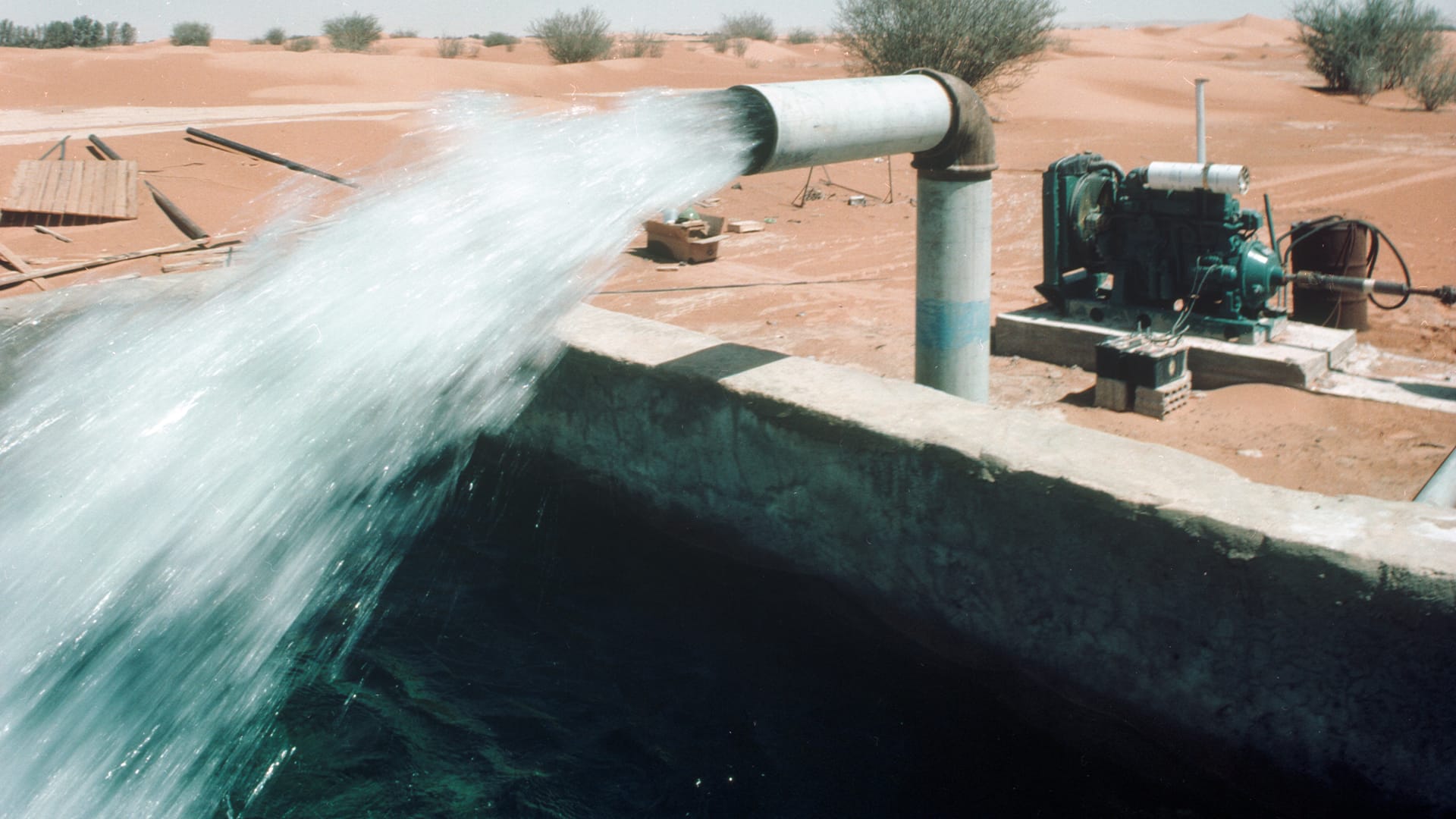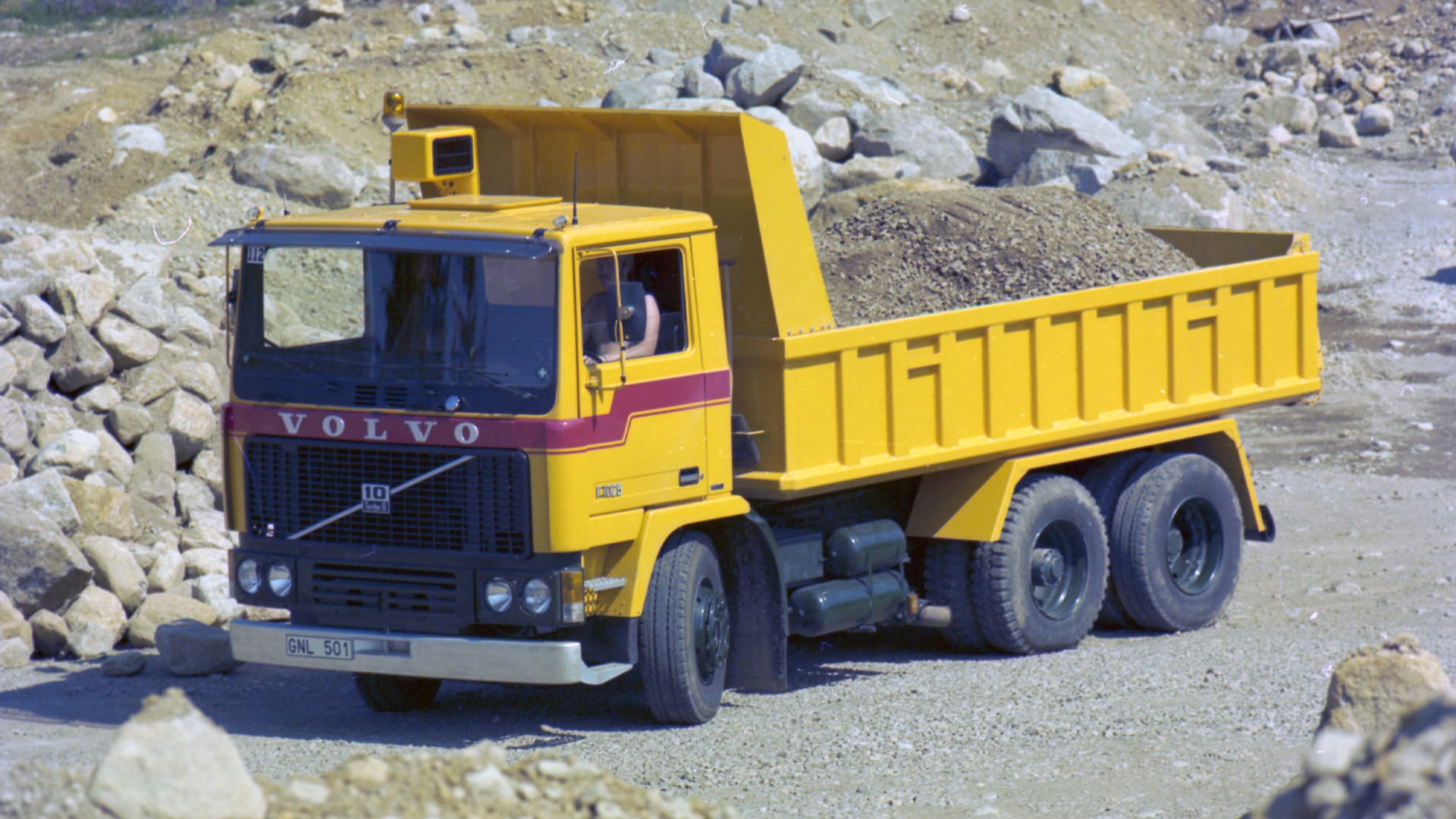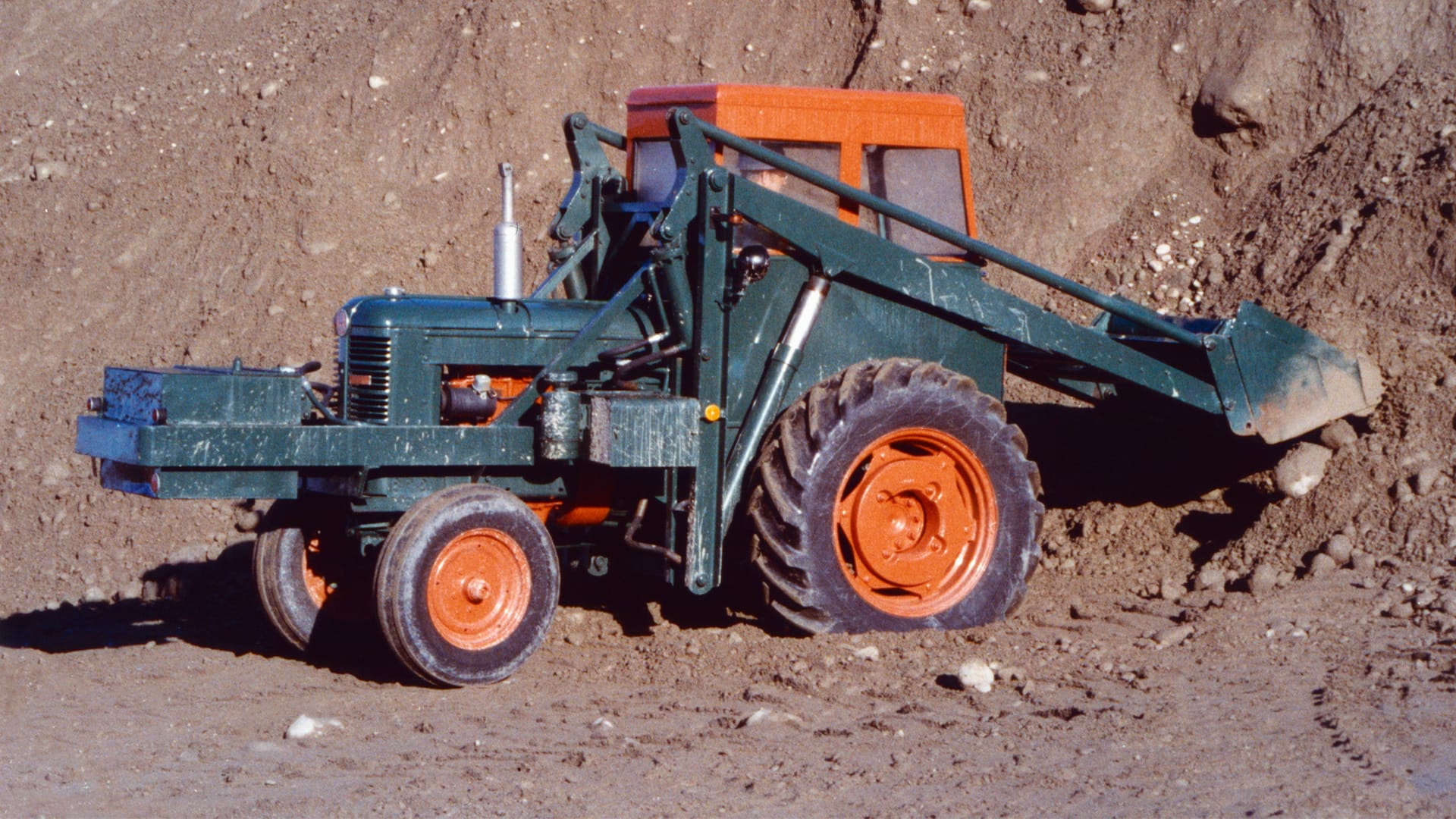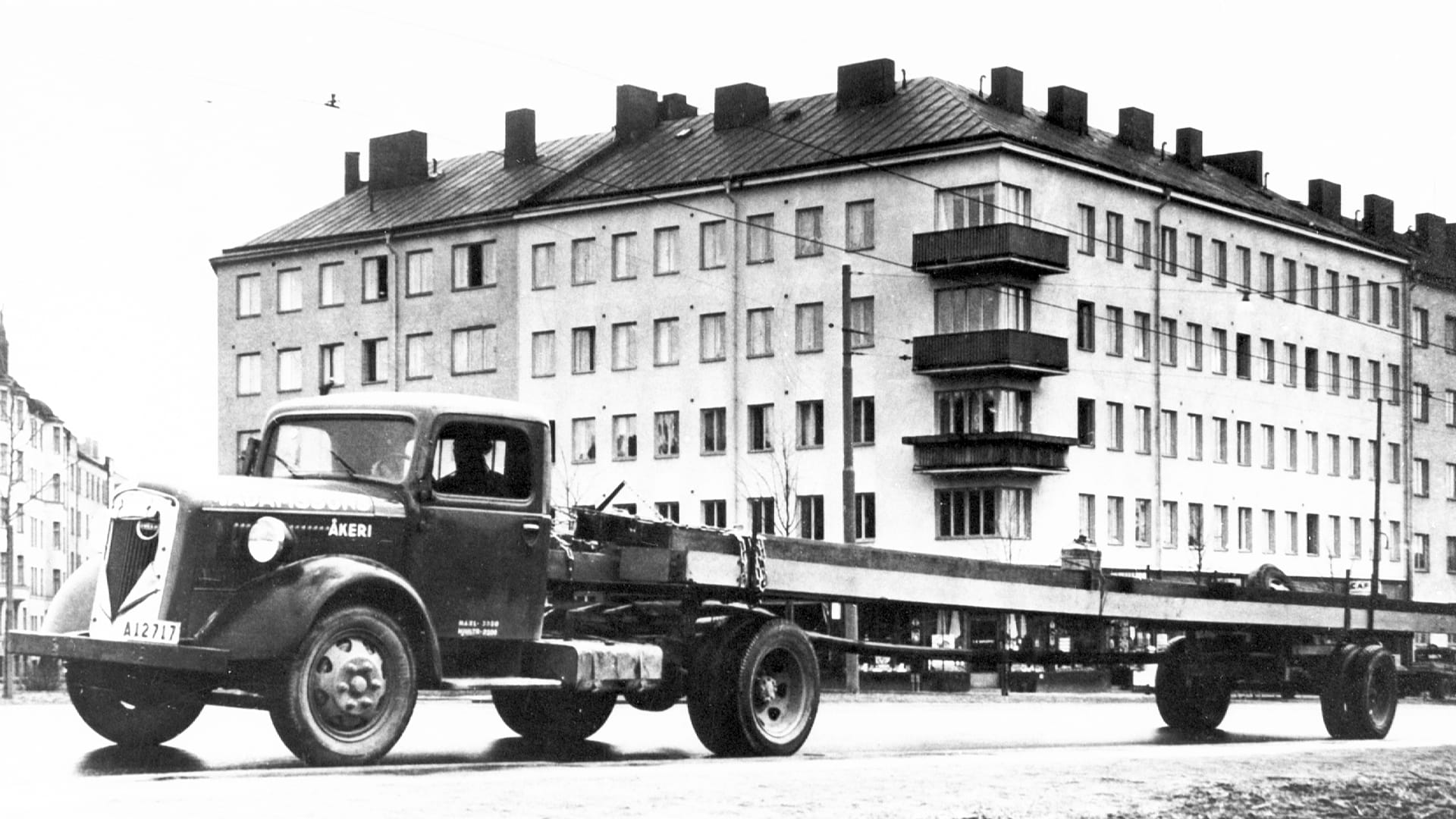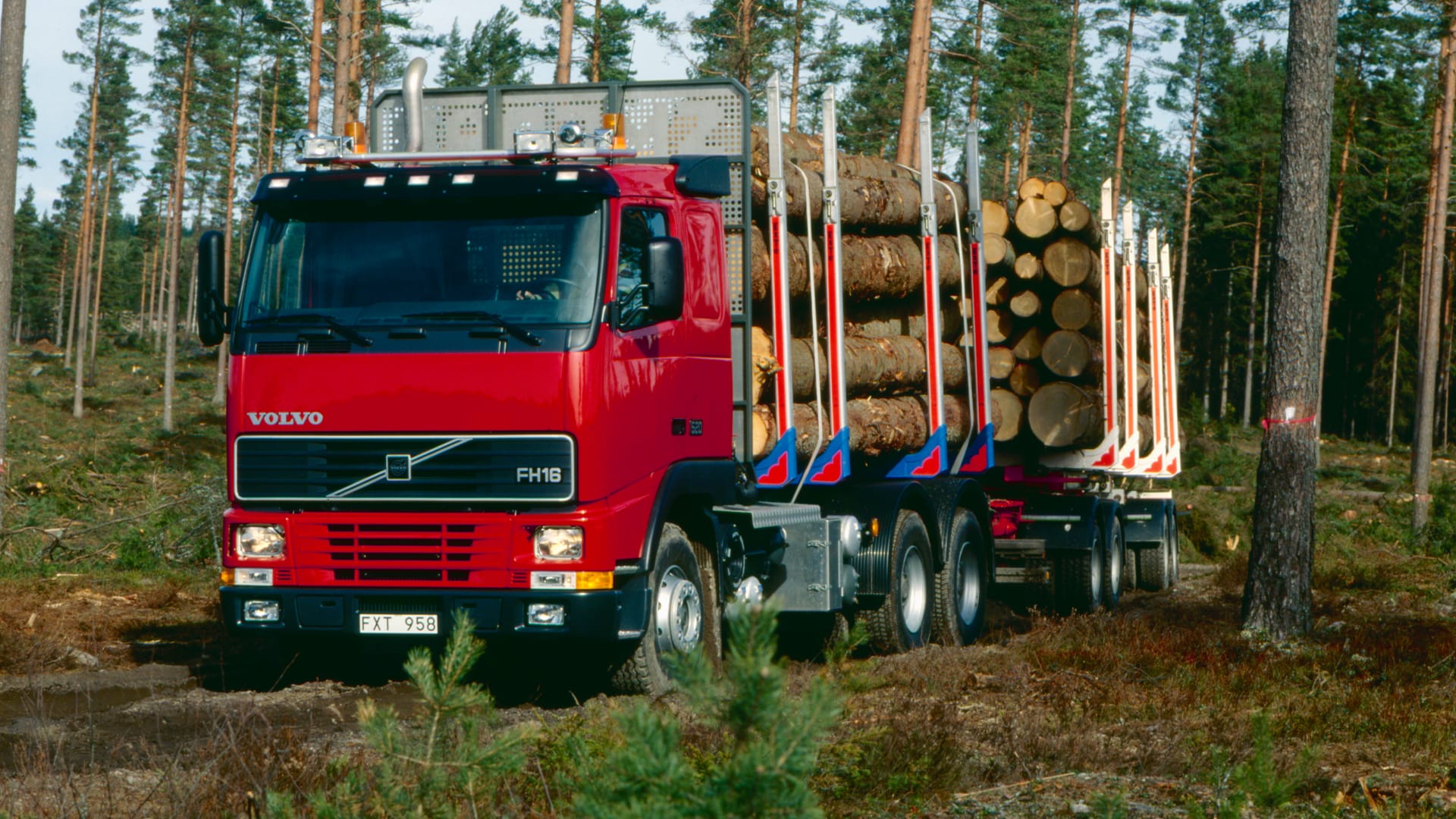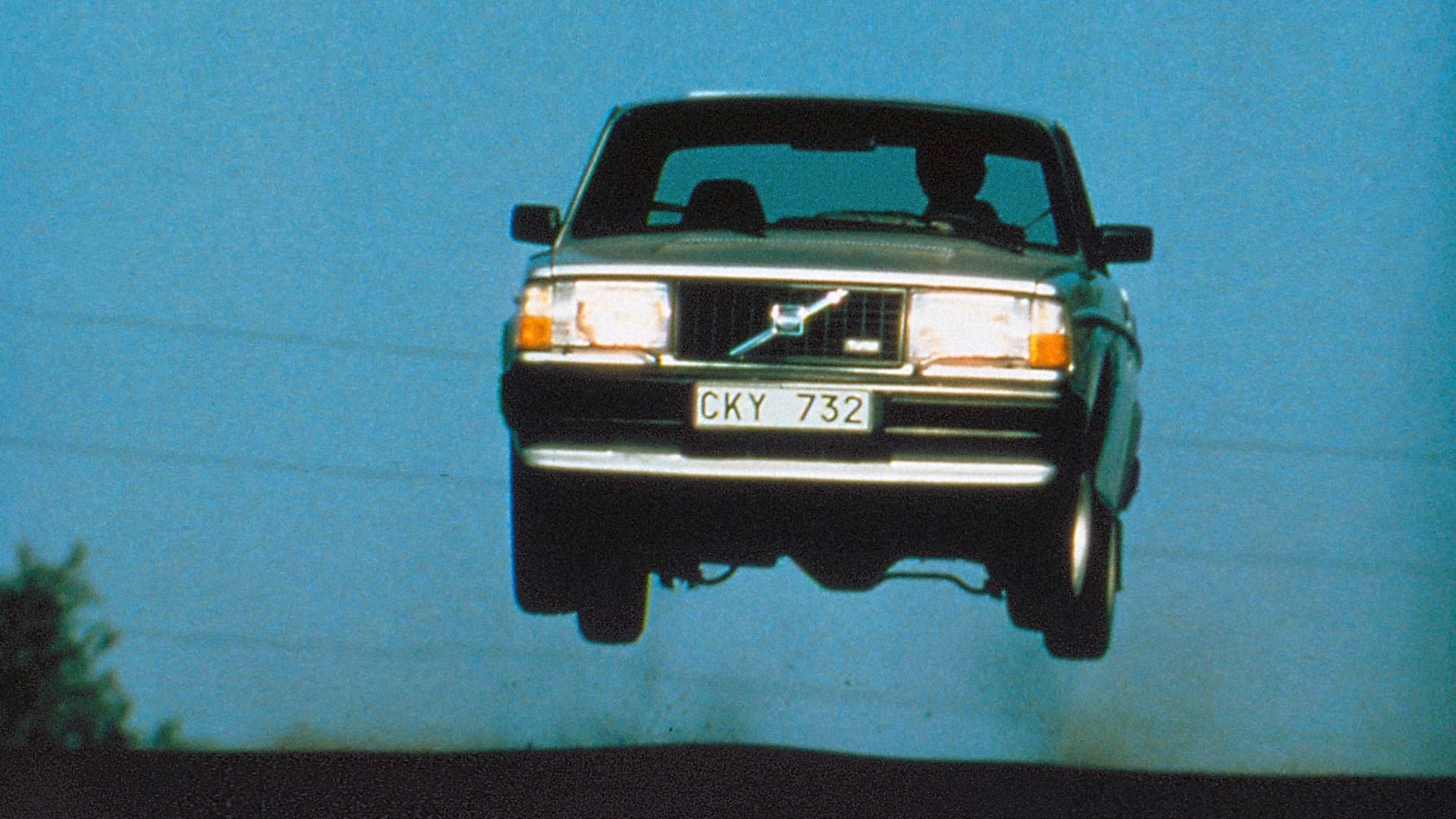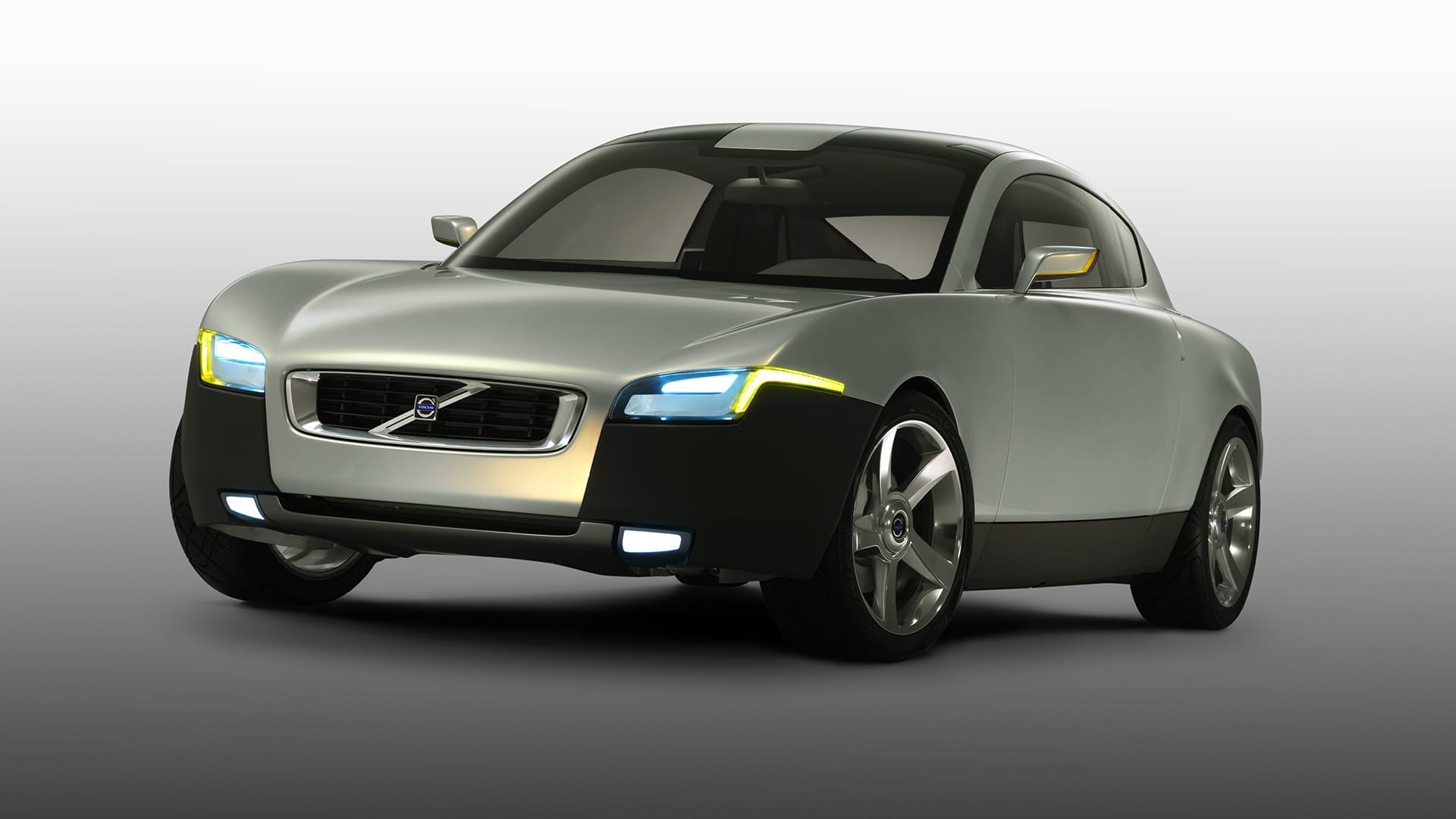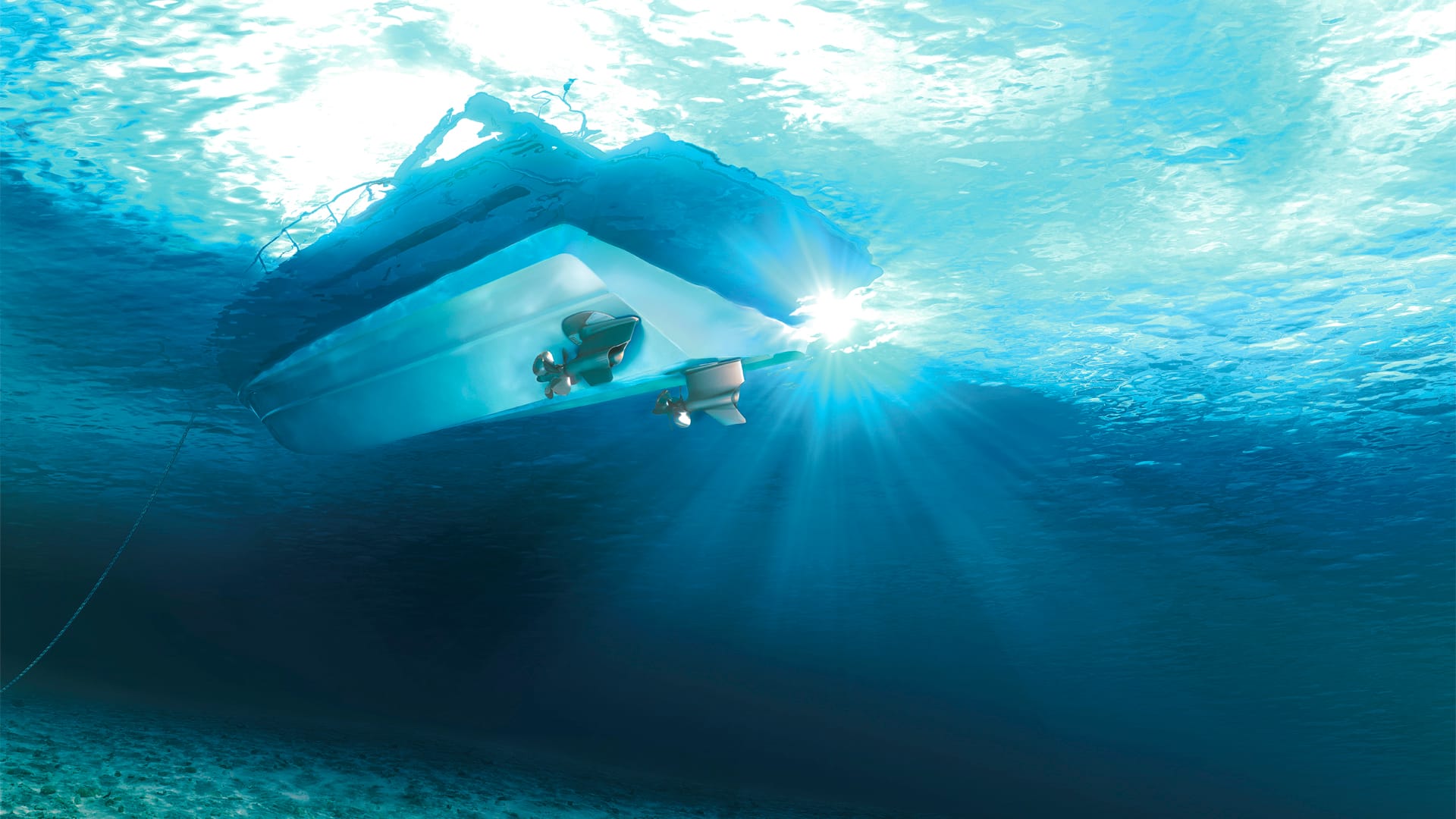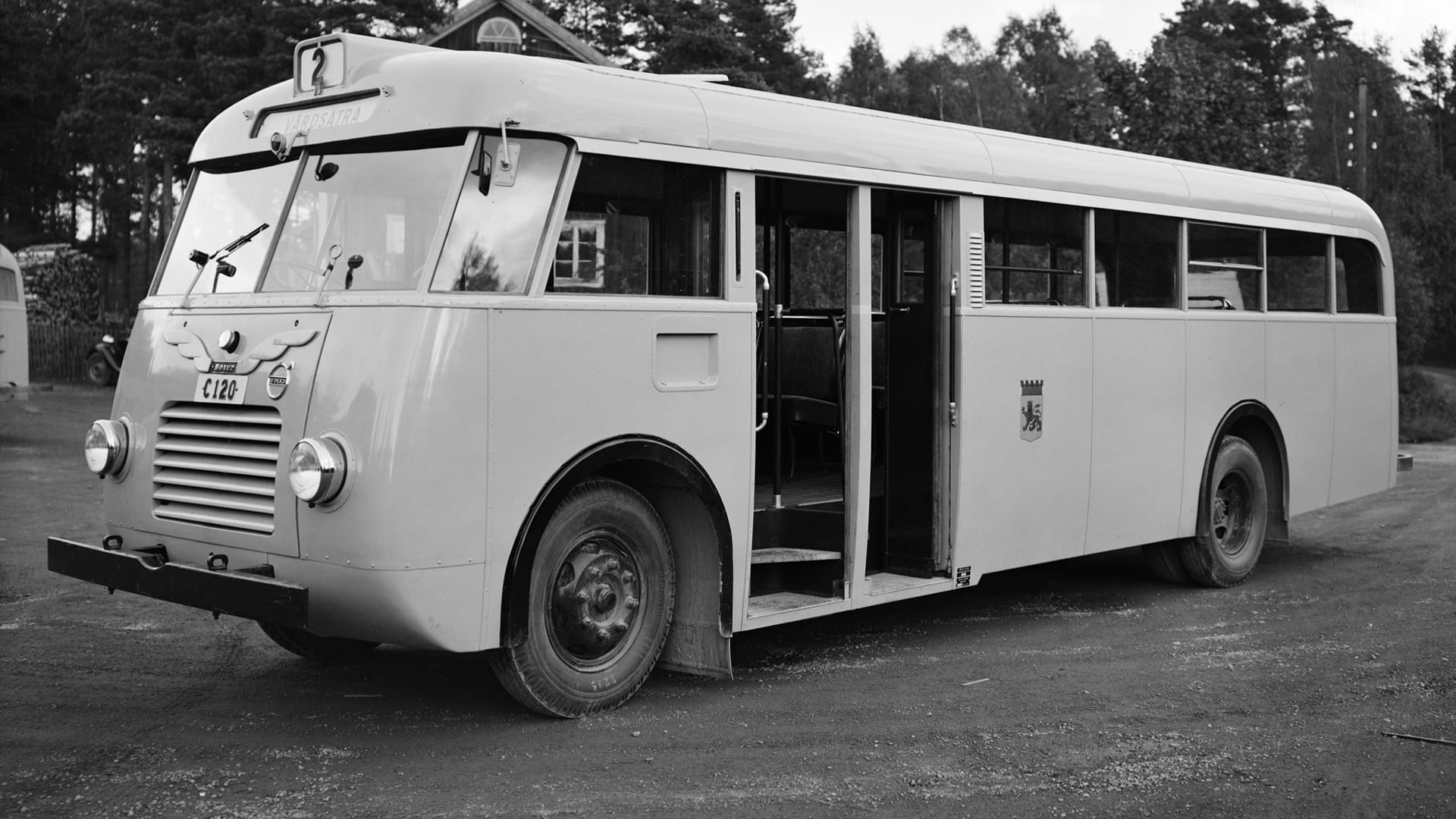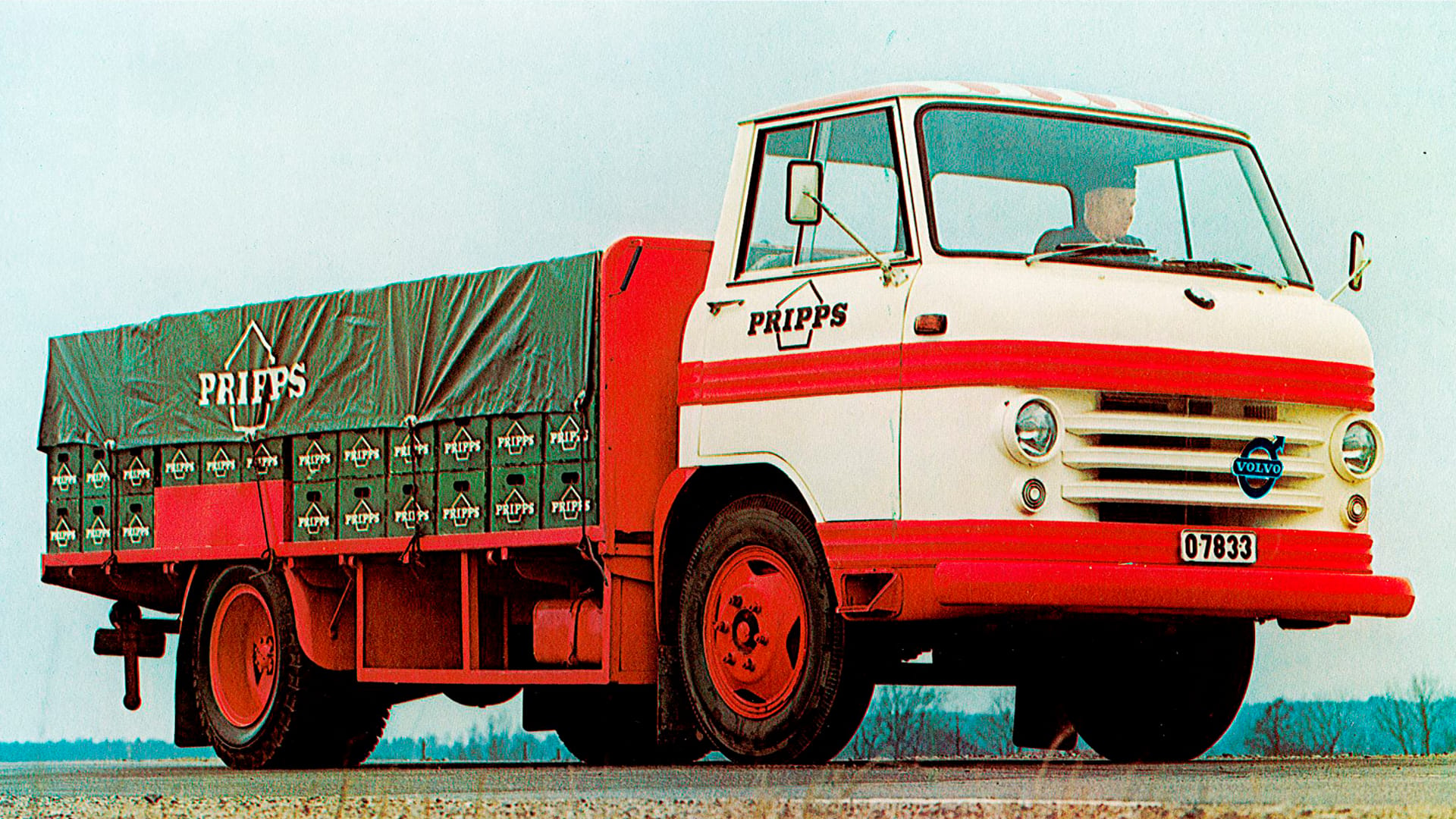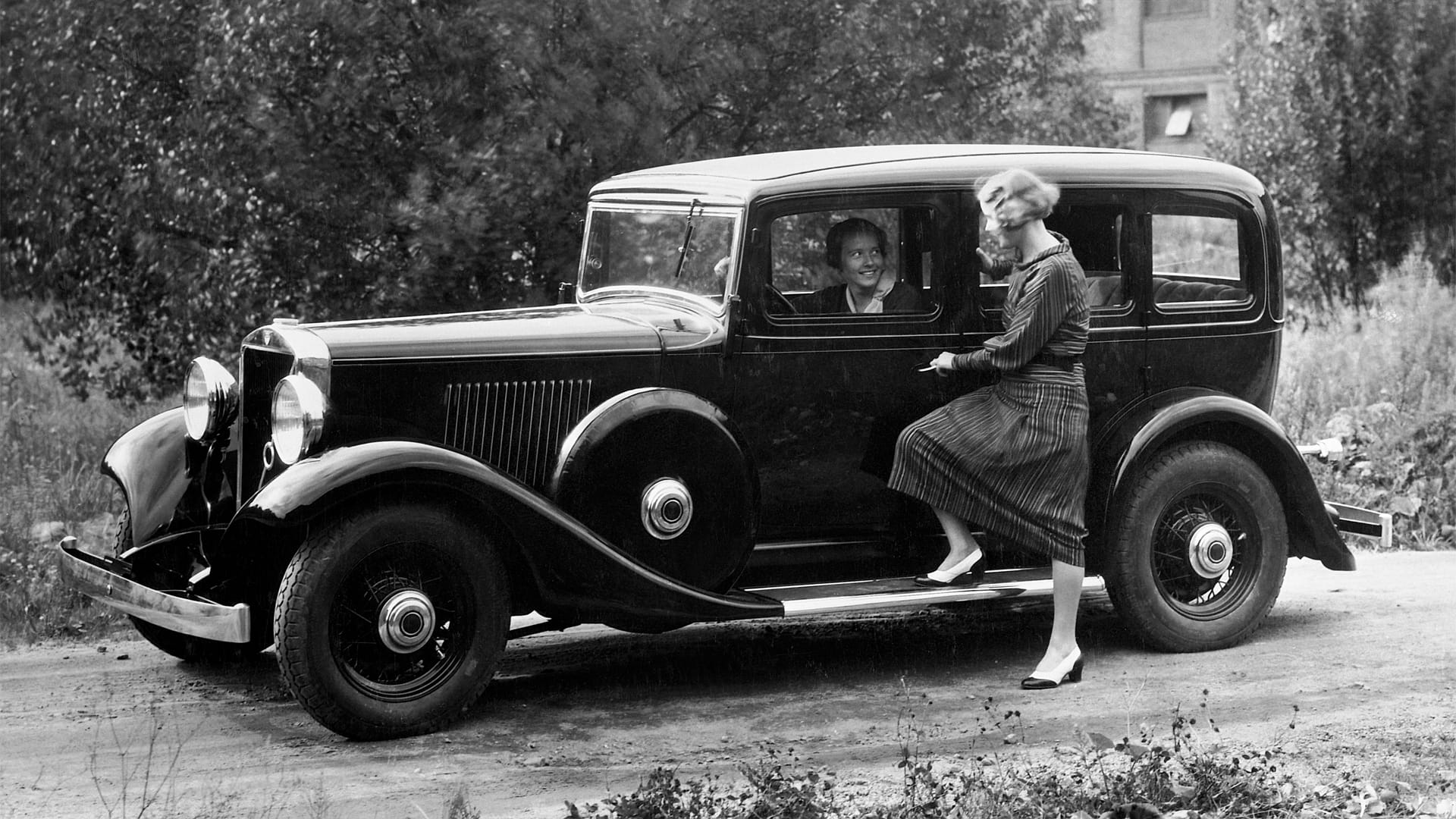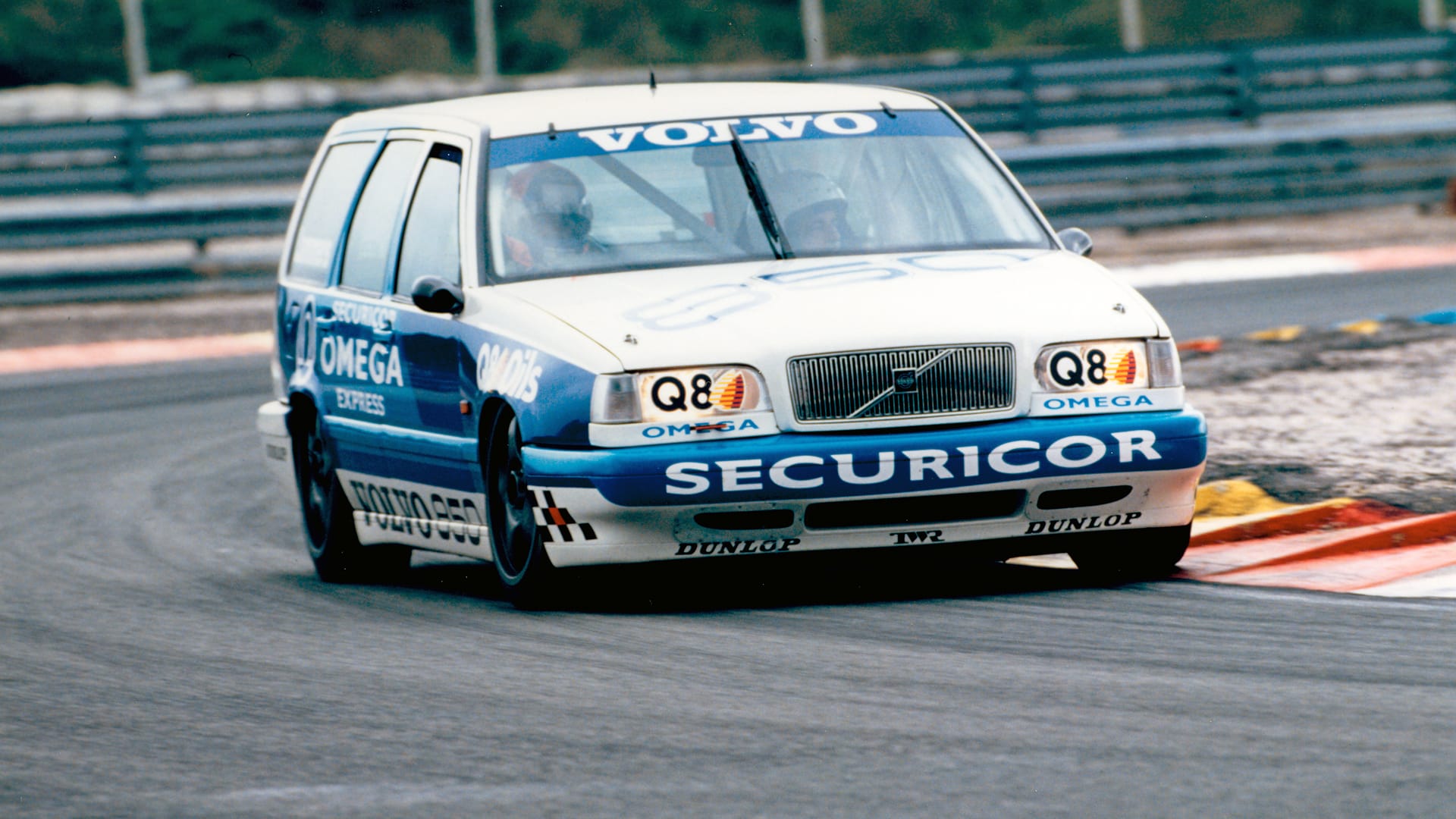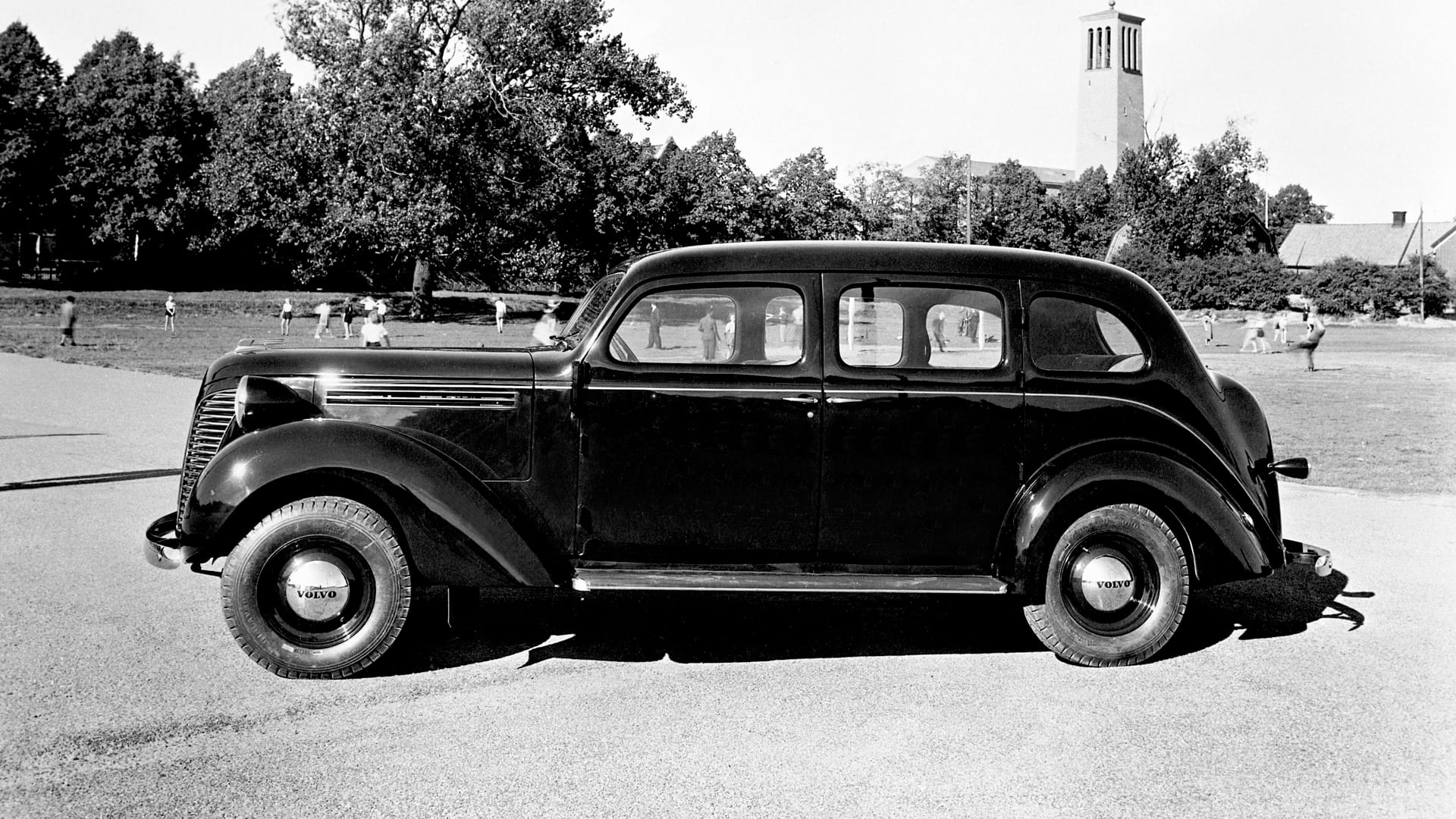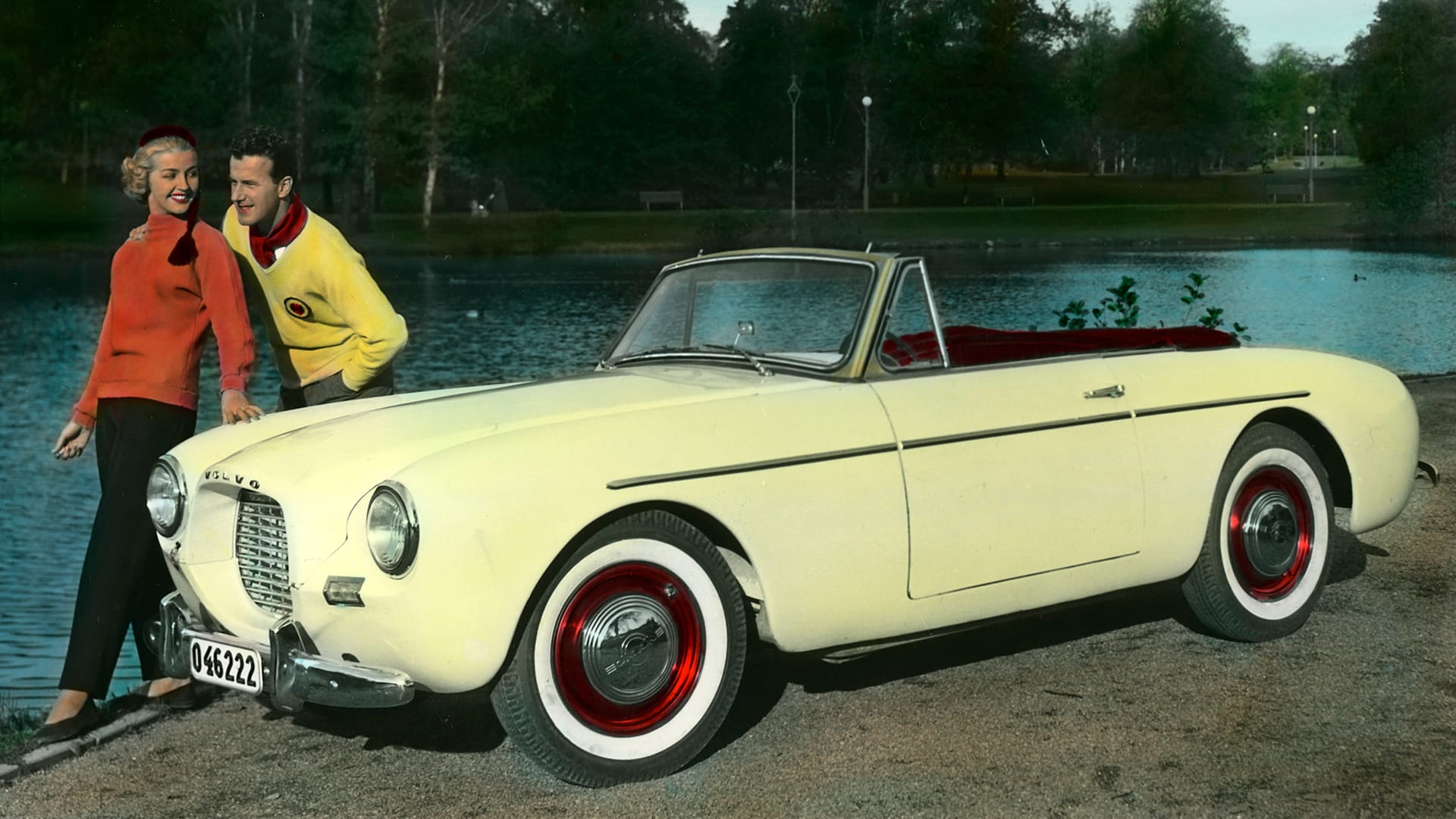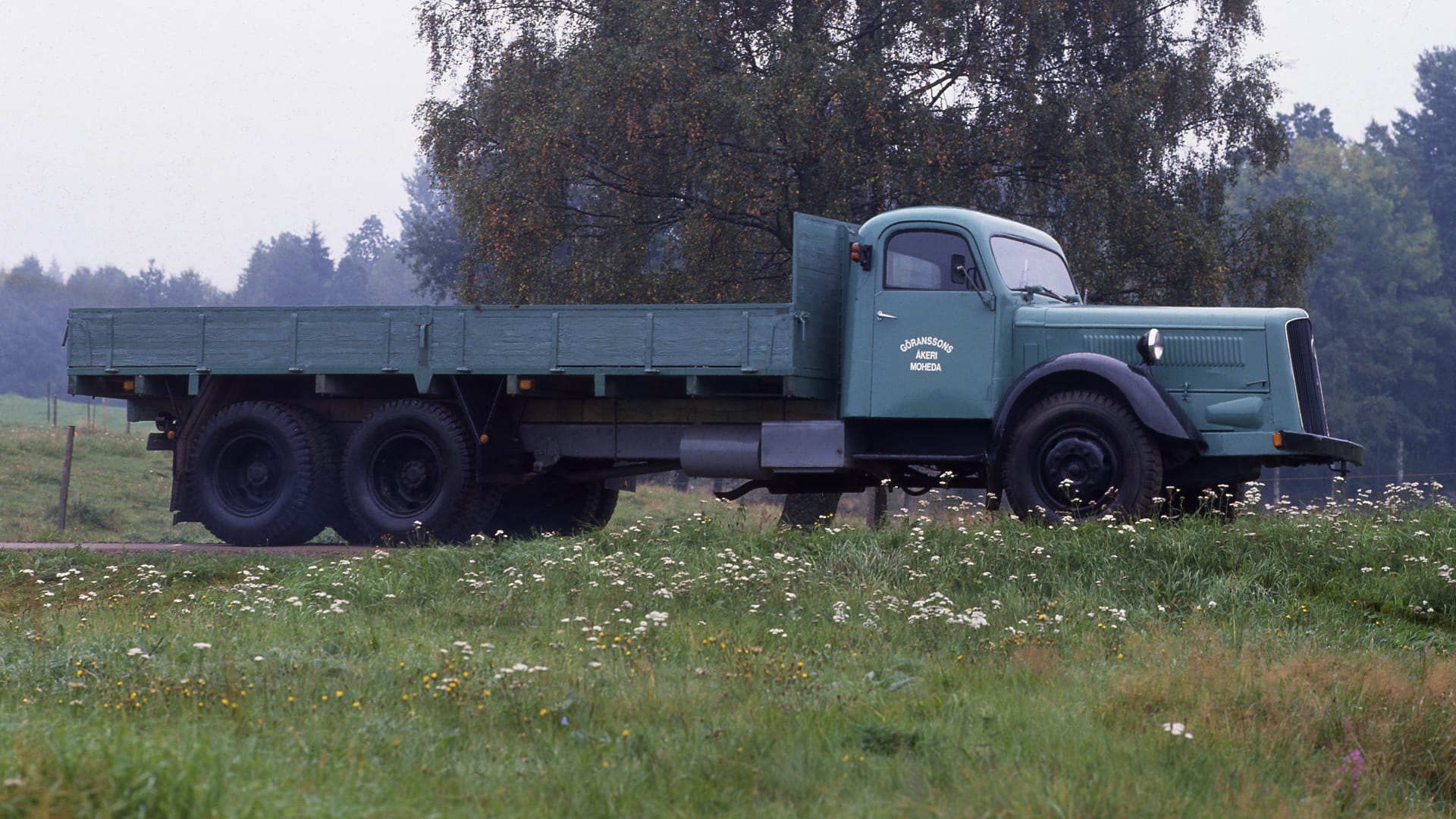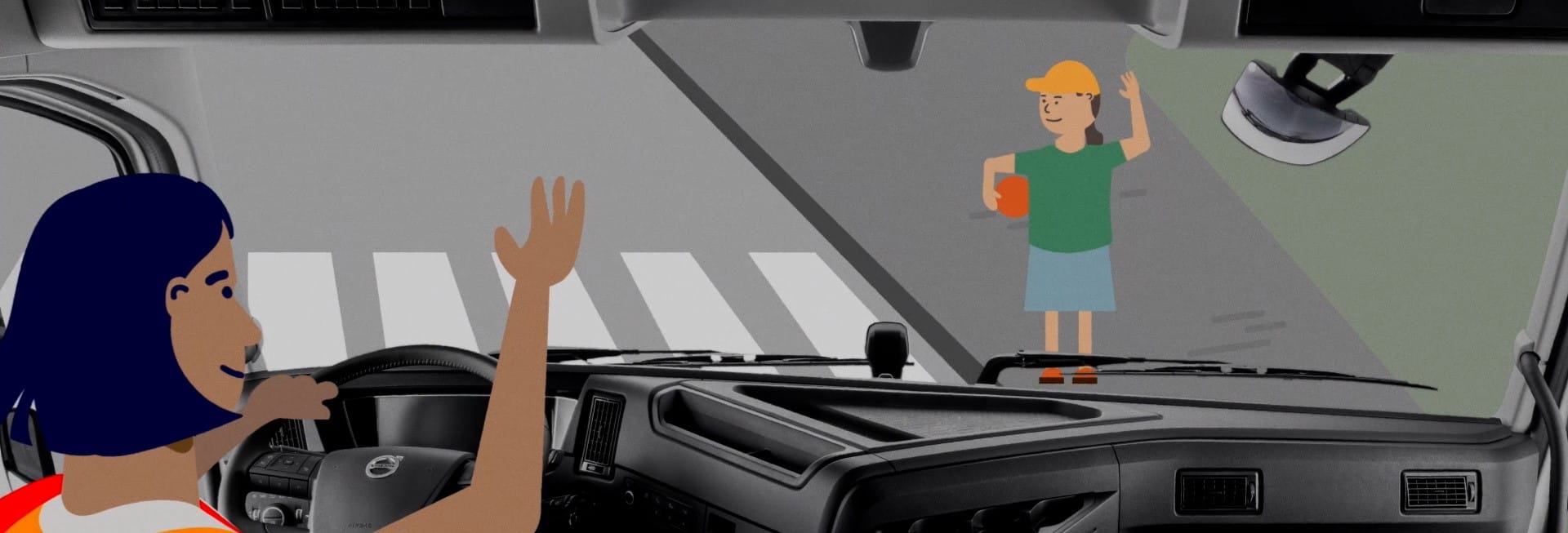Volvo Trygge
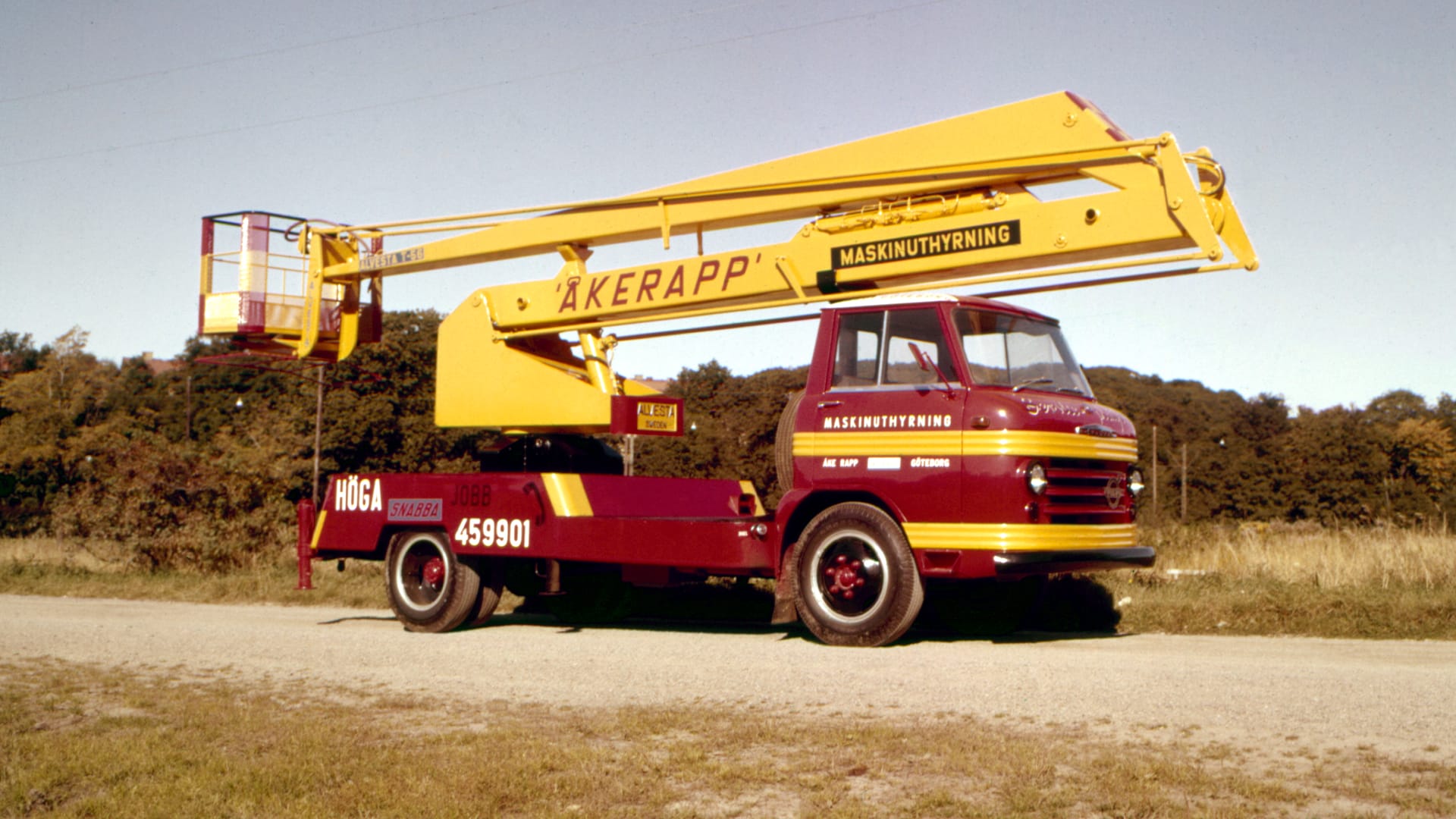
Simple to load, powerful to drive
The truck models Snabbe and Trygge hold a special place in Volvo's history. Volvo Snabbe is Volvo's first forward-control truck. The models are also the first with a self-developed steel cab, manufactured in Olofström. The design of both models is the work of Helmer Petterson, one of the key figures also behind the passenger car PV444.
Snabbe is first introduced in 1956, with Trygge following the next year. Snabbe has a lowered frame that provides a lower platform height, making loading easier. Consequently, it becomes popular as a distribution truck and rolling shop, becoming the first truck from Volvo to be produced in larger numbers. Trygge has a straight, heavier frame, stronger axles, and larger load capacity. Snabbe has a total weight of 5.6 tons, while Trygge weighs 8.1 tons. The models are manufactured until 1975, with Trygge becoming the best-selling over time.
Revolutionary idea
The idea behind Snabbe and Trygge comes from Helmer Petterson. He is a business-oriented man who has worked on various projects in Volvo's development department, and a few years earlier, he proposed a new, smaller passenger car model, which became the PV444. In the early 1950s, he suggests to Volvo's management to start manufacturing a completely new truck, larger than the existing L340 series. Since Petterson is as interested in design as he is in technology - if not more - he therefore proposes something revolutionary: that Volvo should design and draw its own cab, which should also be manufactured at Olofström's Bruk, which manufactures other components for Volvo.
Own cab
The business model for trucks has previously been different: Volvo manufactures chassis and engine, and the customer orders a cab from the large number of bodybuilders still in Sweden. As an alternative, Volvo offers a standard cab made in collaboration with a bodybuilder in Åtvidaberg. Helmer Petterson's cab is not as radical as the original proposal, but still elegant. However, it is complicated to manufacture, which makes someone mutter that "the cab is obviously designed by a car designer." It is built in steel, not like before in plywood, also a milestone. One clear disadvantage is that the cab is not tiltable, something that is already beginning to become standard among American manufacturers. This complicates the service of the engine.
Philips V8 line
The engine is a story in itself. Volvo's management is uncertain whether the passenger car model PV444 will compete in the US and decides to develop a more luxurious model, which is named Philip and is to succeed the PV60. It is designed by Jan Wilsgaard, his first own assignment as a newly employed designer at Volvo. To compete with American competitors, it is decided that the car should have a V8 engine. A discontinued production line is bought from an American manufacturer and assembled in Volvo's factory in Skövde. The plan is to import the engine blocks from the US, but all final assembly is to take place in Skövde. The engine is a small V8 of 3.6 litres and 120 hp. But after the premiere showing of Philip to the press in May 1953, Volvo's management decides to scrap the project because the car would be too expensive to manufacture. Philip is manufactured in a single copy. What remains is a production line for gasoline-powered V8 engines and an agreement for the delivery of engine blocks.
Last gasoline engines
The engines instead end up instead in Snabbe and Trygge, which are under development at the time. The V8 is liked by the drivers for its performance, but unfortunately, it gives high consumption: in practice, upwards of 4 litres per kilometre. It becomes the last time gasoline engines are used in trucks from Volvo before diesel engines become standard. The truck at the exhibition in World of Volvo is purchased from the Norwegian civil defence and was previously painted with "UN" (United Nations) on the sides. They wanted a truck with high ground clearance and therefore chose the Trygge version. It is also equipped with belts and a searchlight on the roof.
